Munich is well-known as the capital city of Bavaria and third-largest German city. What I love about it is the great public transportation, cleanliness, and how pretty it is as far as green spaces and architecture. I stayed at the Tulip Inn München Messe, which I was very satisfied with. It’s not in the city center, but with a bus stop and train nearby getting around wasn’t hard. On the other hand, it’s one of the more expensive cities in Germany, but you do get what you pay for. Here is my Munich to-do list.
A Munich To-Do List
I went during the spring so I could attend Frühlingsfest, which is the Spring Festival. It’s basically the little sister of Oktoberfest. It offers the same beer tents, Bavarian food, and traditional Bavarian clothing, but with smaller crowds and lower costs for booking a hotel. So if you want to save money and be around fewer people but still have an Oktoberfest-like experience, this is the festival for you.
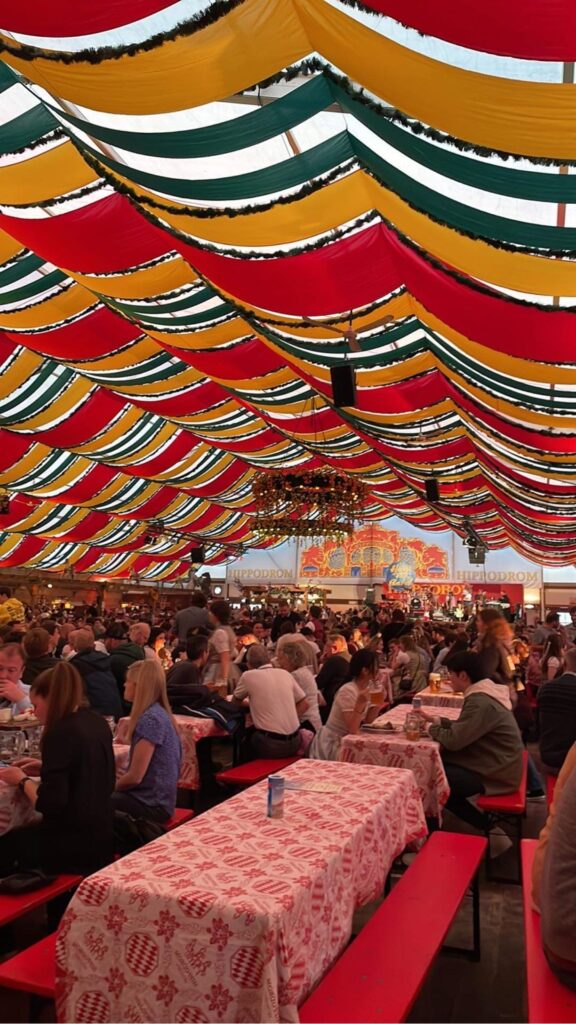

I visited for Frühlingsfest, but most of my time was spent enjoying everything else Munich has to offer, which is a lot. Keep reading for a complete Munich to-do list.
Marienplatz
Marienplatz is the central plaza in Munich’s city center, as it has been since 1158. All the train and bus lines stop here. The main attraction is the New City Hall (Neues Rathaus), which dominates the plaza. In its clock tower is the Glockenspiel. Every day when the bells chime, you can watch a mini-historical play put on by moving wood-carved figures. The scene depicts medieval history, but the New City Hall was built in the 1800’s in the neo-Gothic style.
Marienplatz also features the 14th-century Old City Hall (Altes Rathaus), which now houses the Toy Museum and some government events. The Church of St. Peter Church is just off of the plaza, where you can get a nice view of the Old Town from its tower. During the winter, Marienplatz is where you’ll find the main Christmas Market, plus plenty of other events throughout the year.
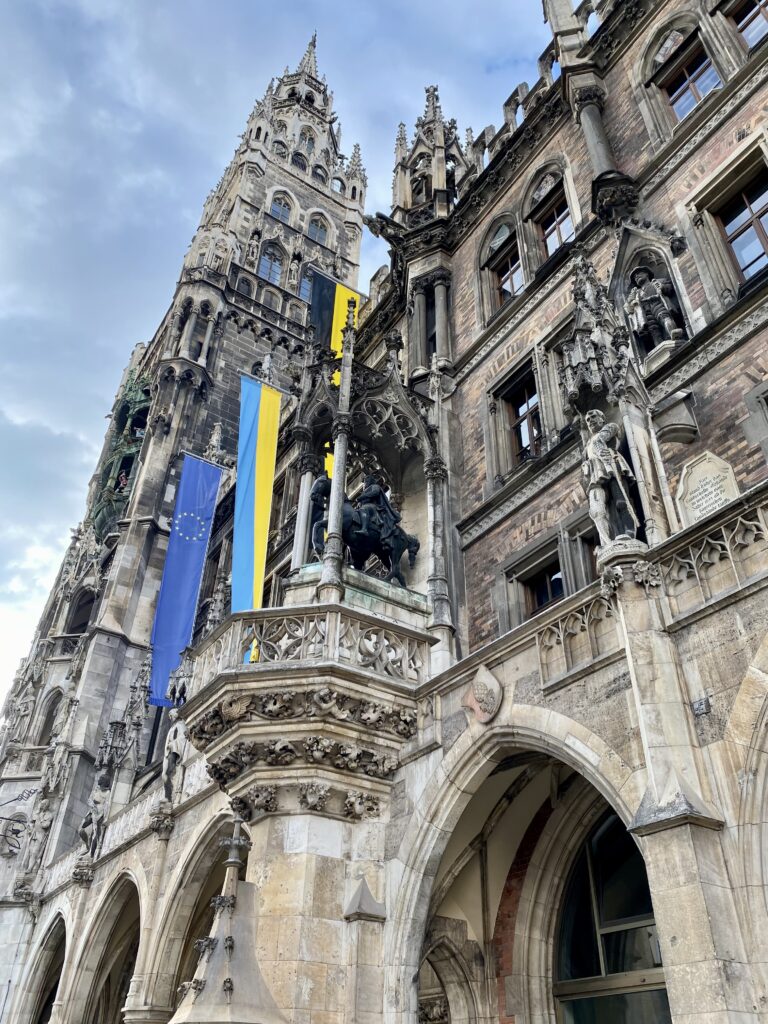
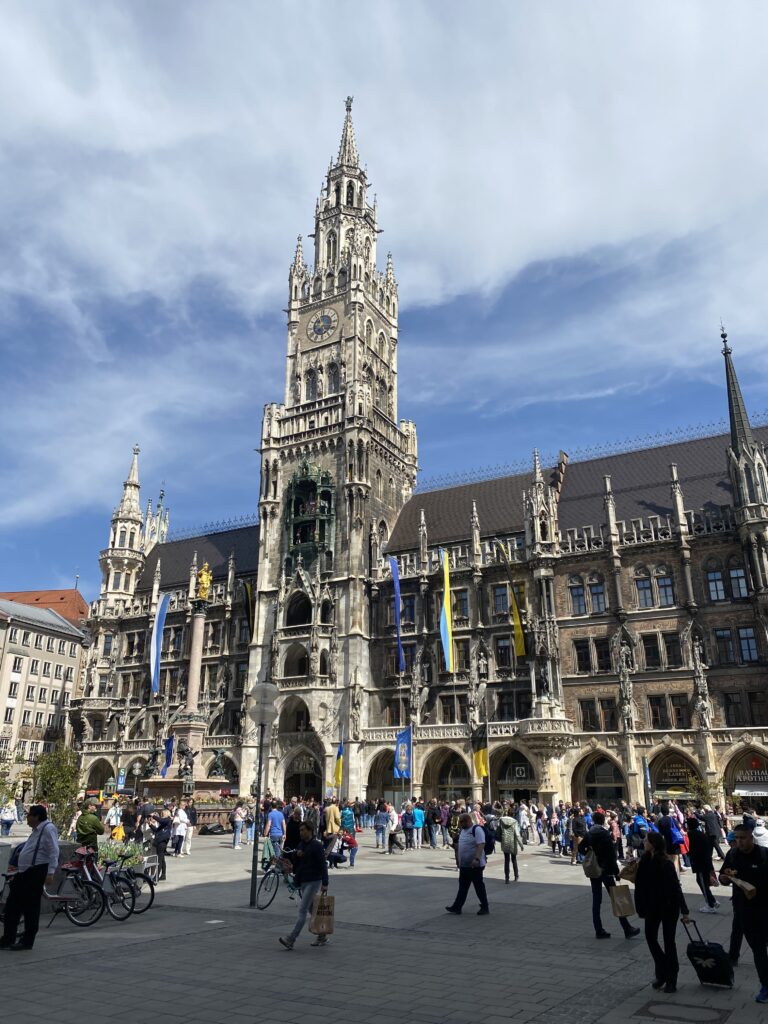
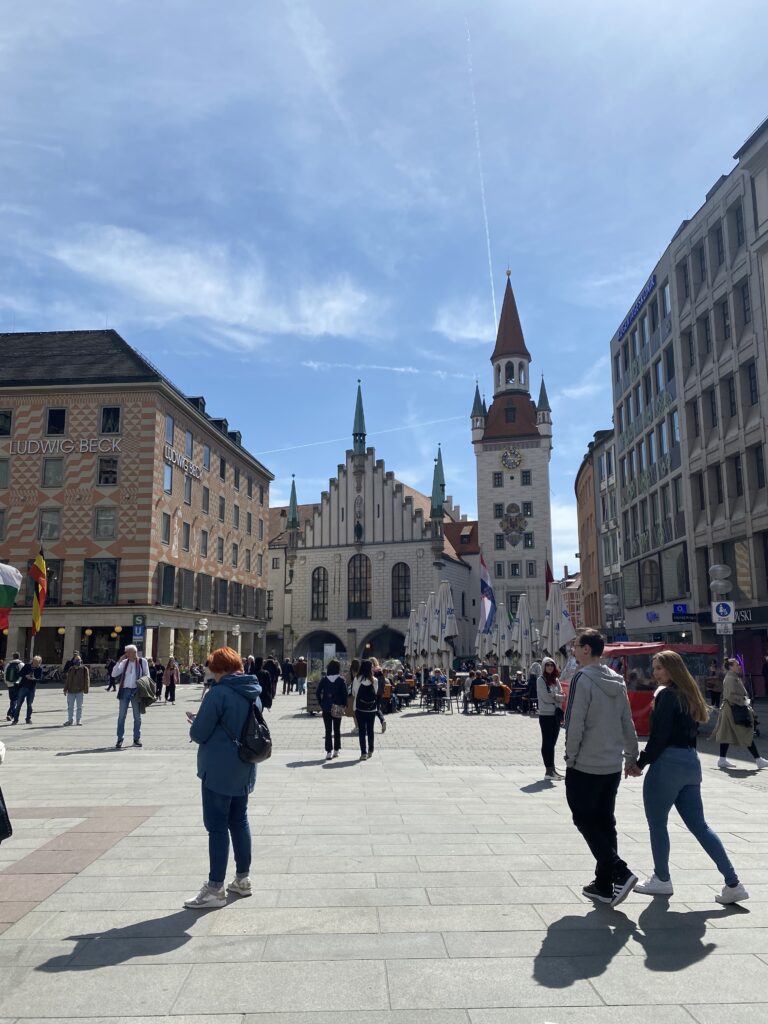
I had dinner at Ratskeller München, which is a cellar restaurant located below the New Town Hall. It has traditional Bavarian food and style, plus other food options. I went for the sauerbraten, which is tender marinated beef and one of my favorite German dishes.

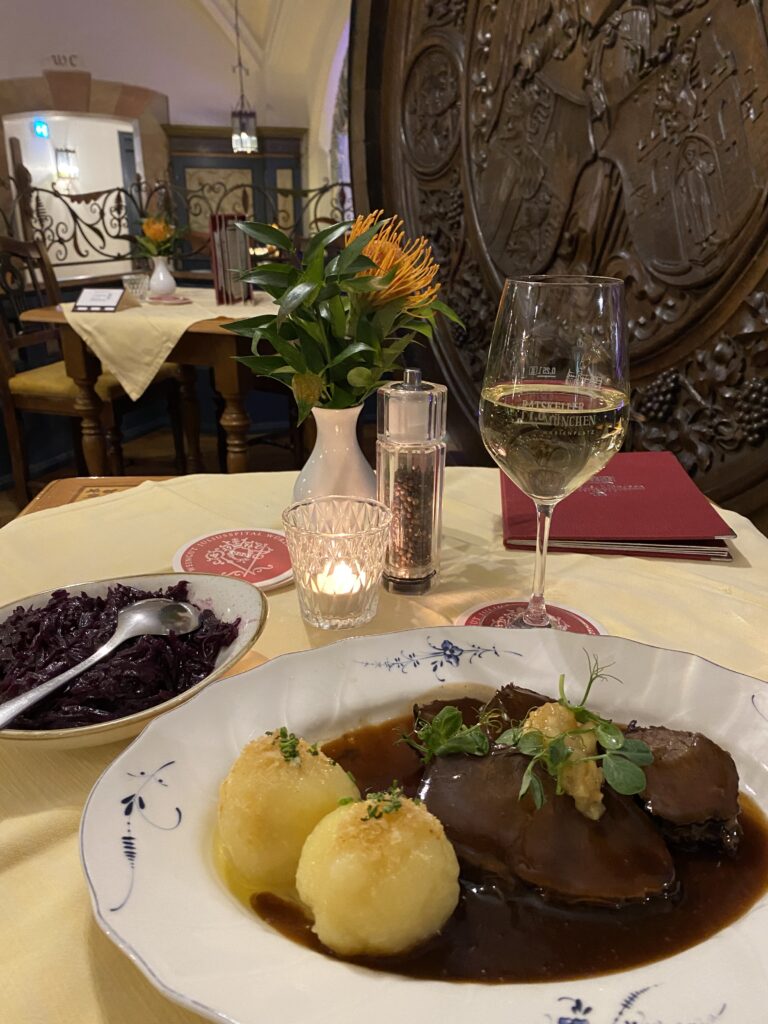
Viktualienmarkt
Just across the street from Marienplatz is the Viktualienmarkt (Victuals Market). The market has been in this location since 1807, and before that in Marienplatz until the market became too big to fit. It’s open every day and has stalls with fruit, vegetables, meat, fish, crafts, souvenirs, and plants. There’s a beer garden in the center and plenty of cafes, restaurants, and to-go food stalls.
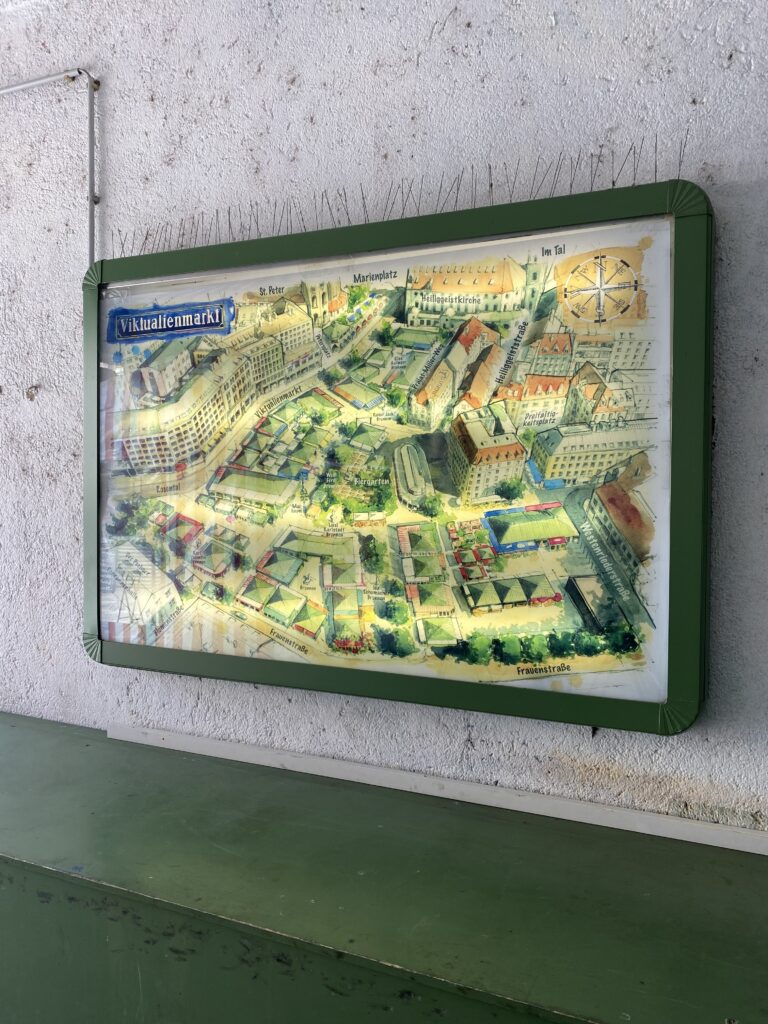


Munich Residence
The Munich Residence (Residenz München) was the seat of the Bavarian government and residence of Bavarian kings, electors, and dukes between 1508 and 1918. Today, some rooms are reserved for Bavarian government use or event rentals, but much of it is a museum. The main museum includes a long series of ornately decorated rooms used as apartments and state rooms.
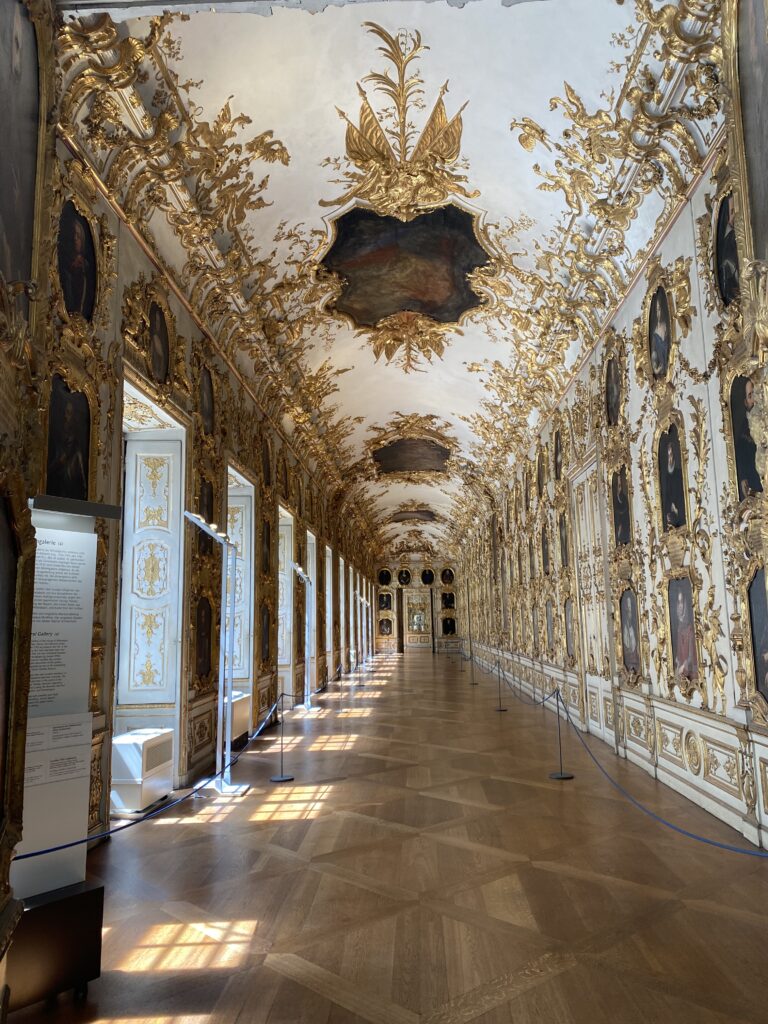

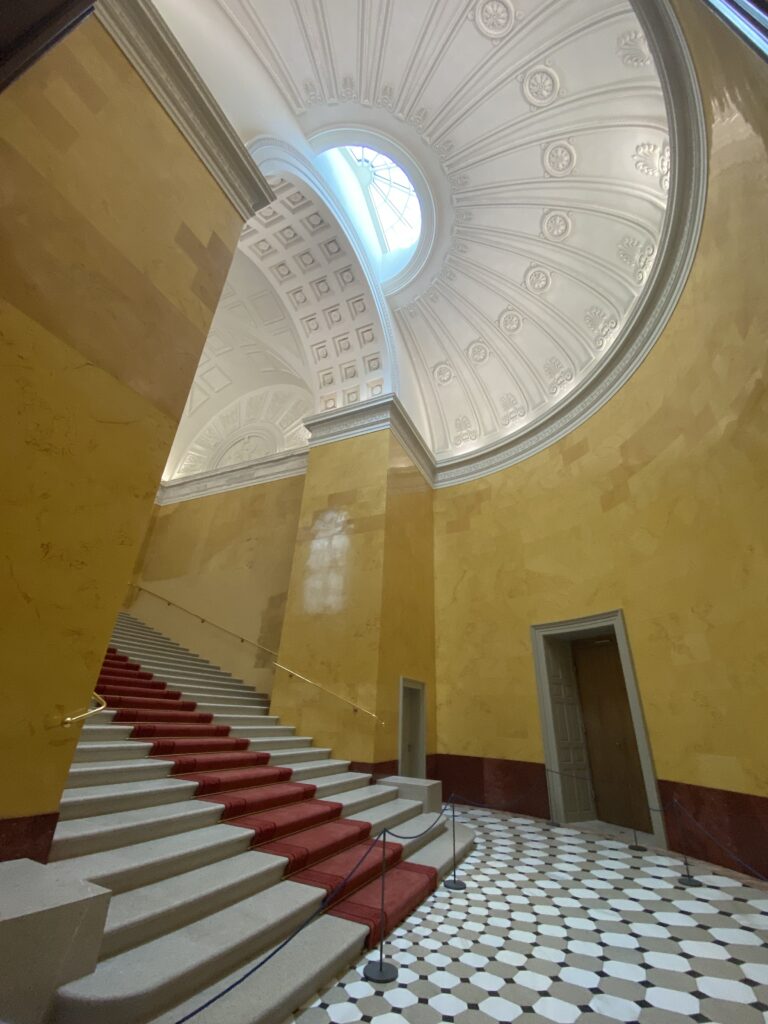

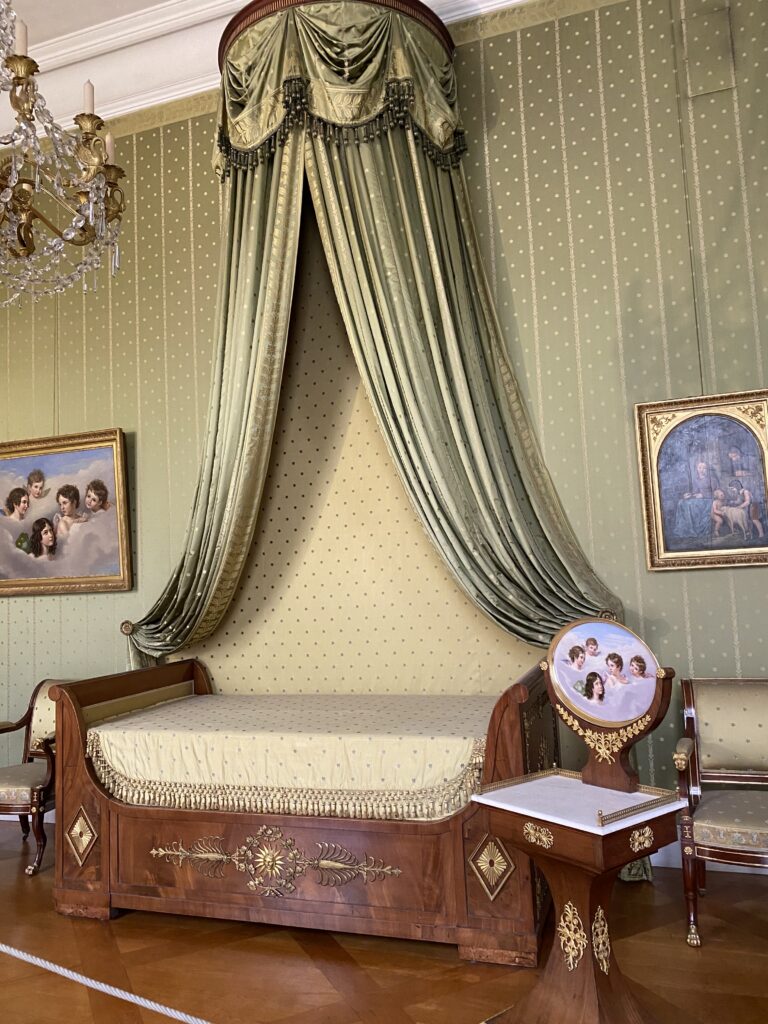
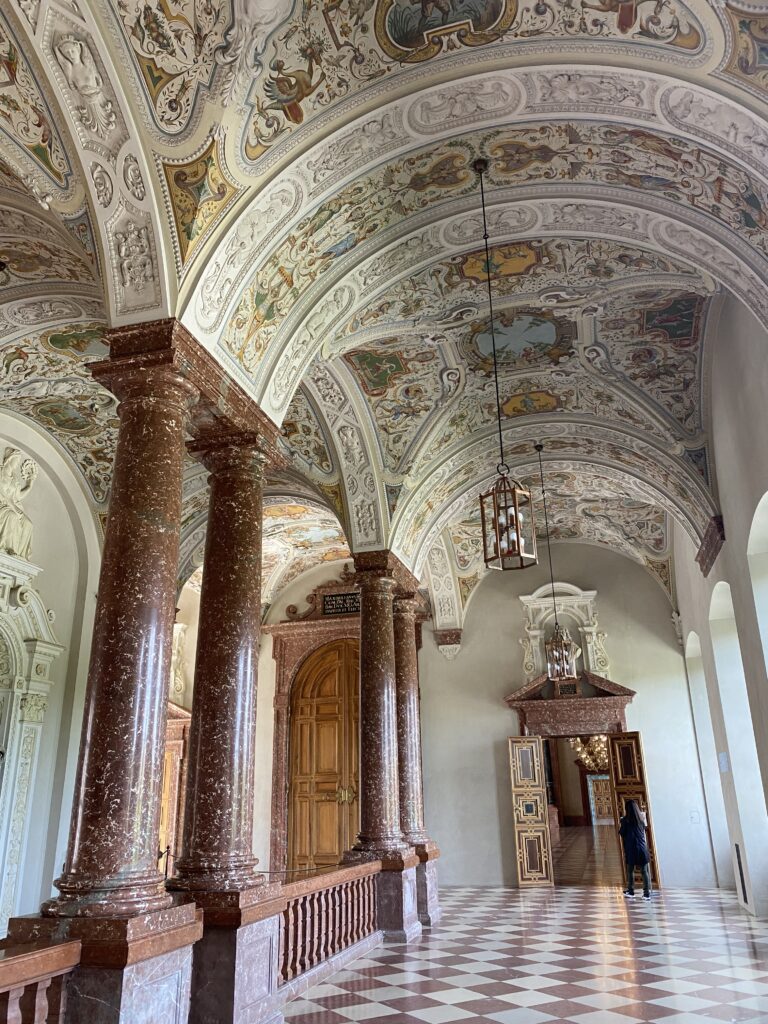
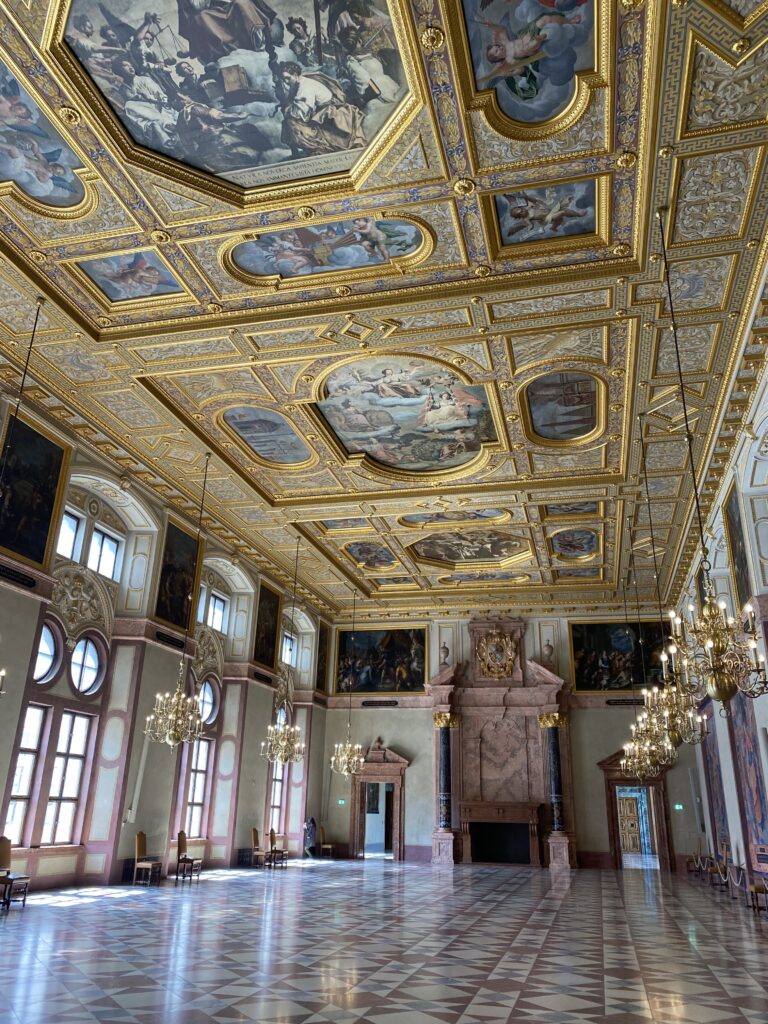
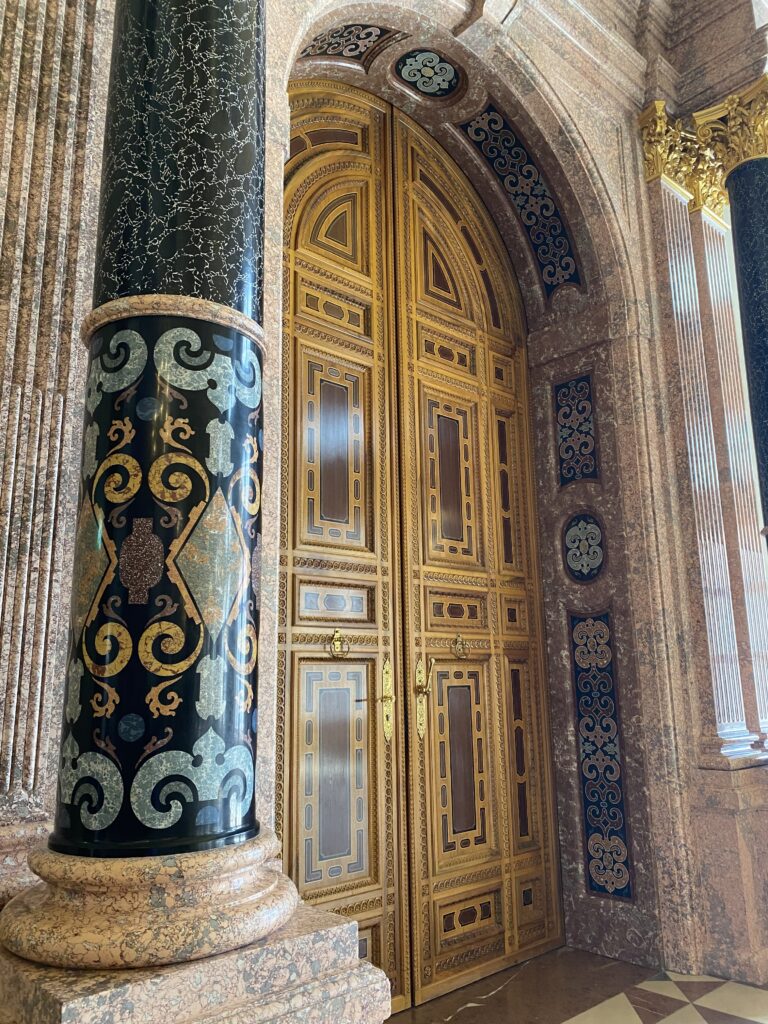
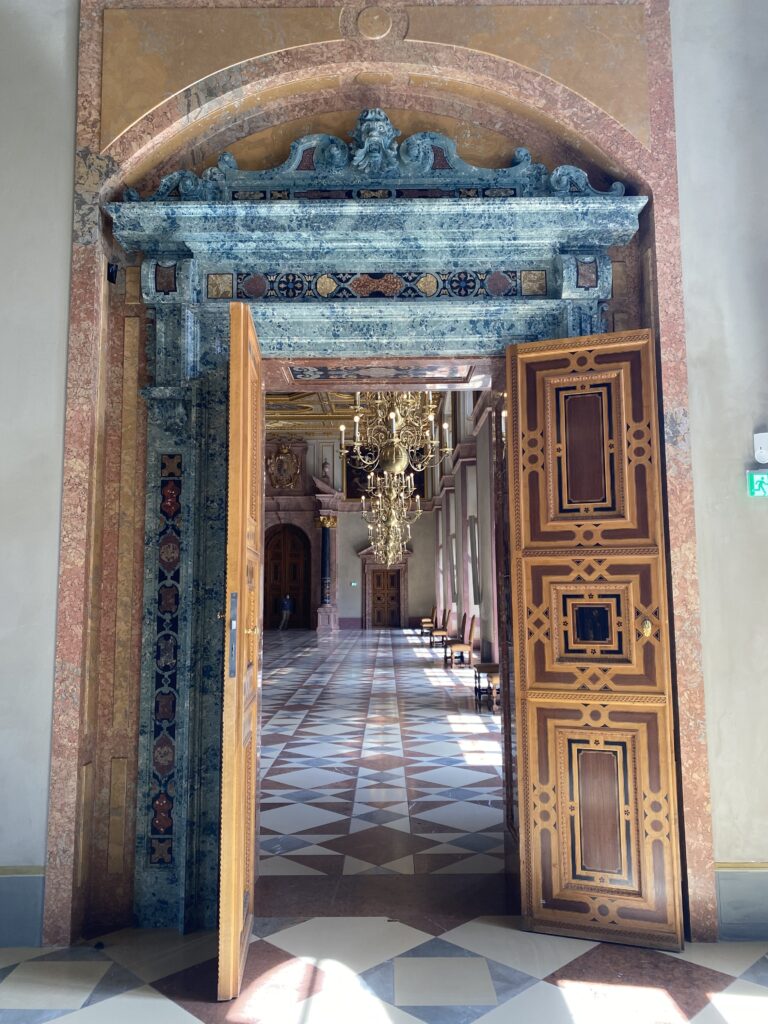
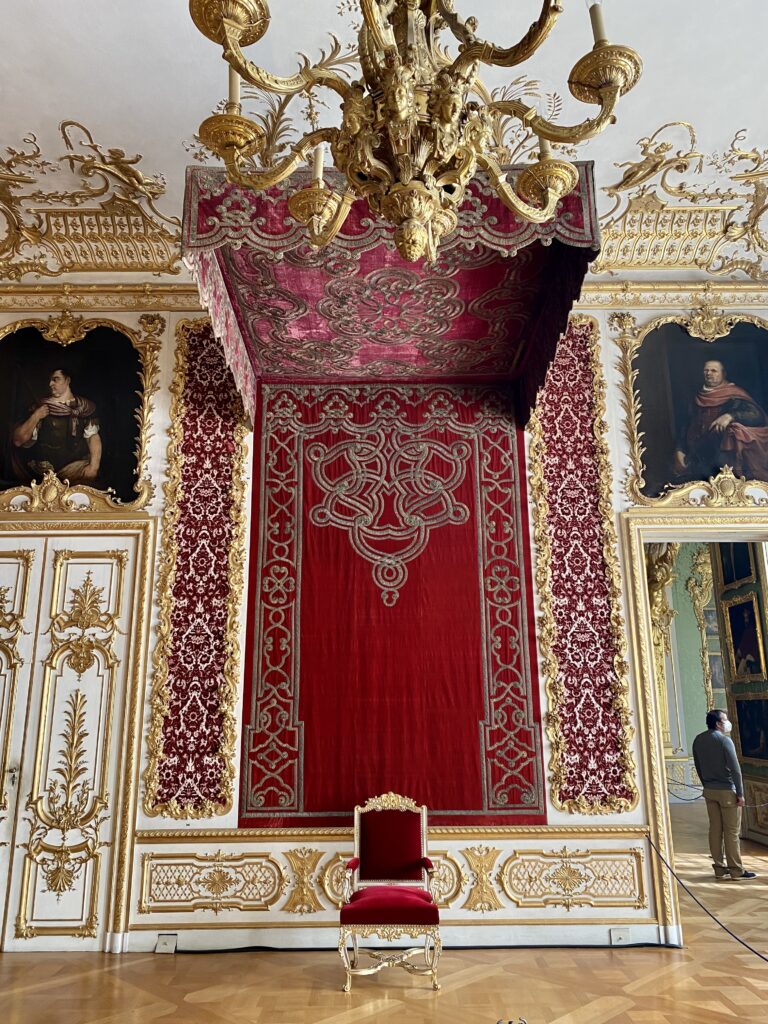

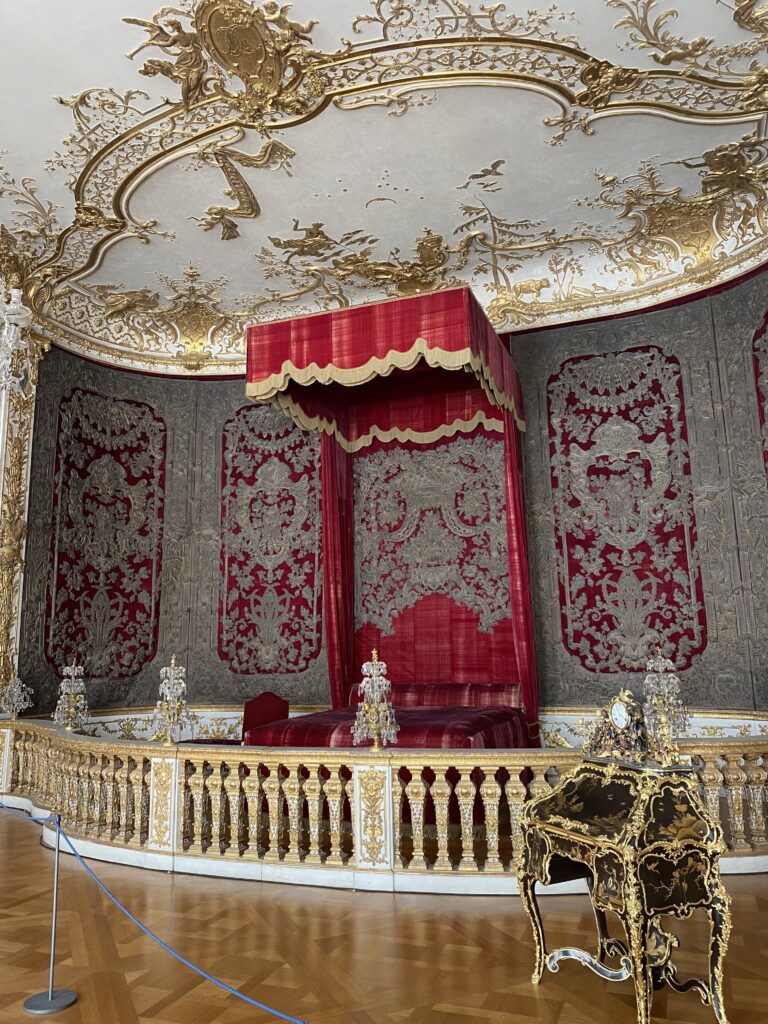
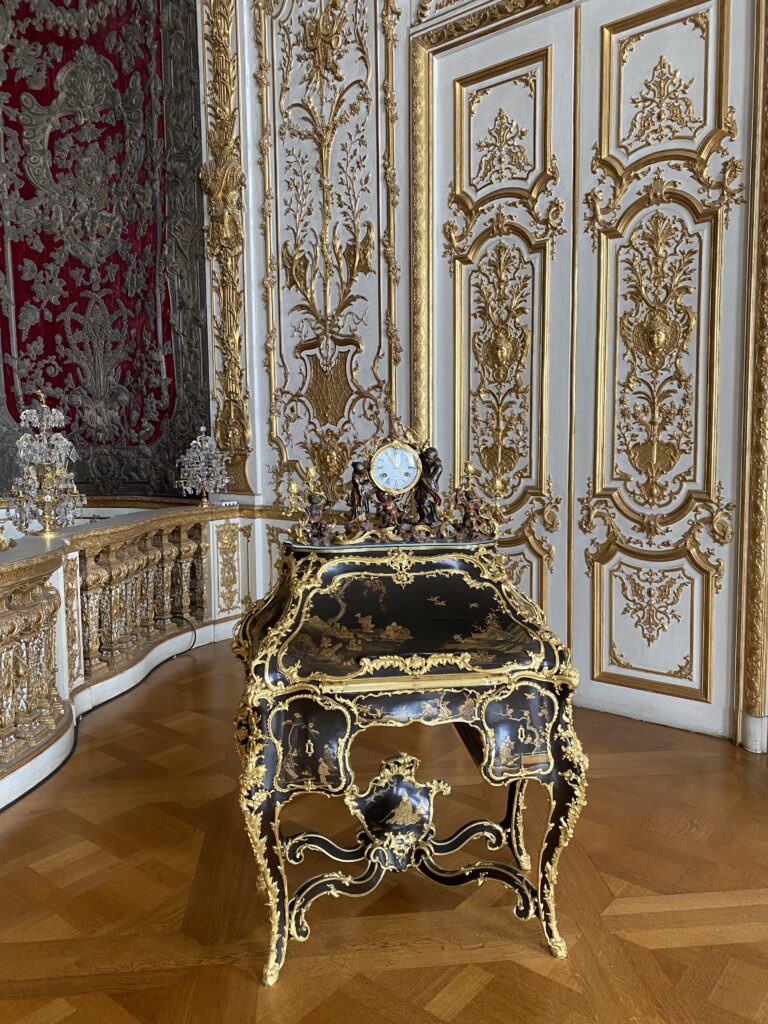
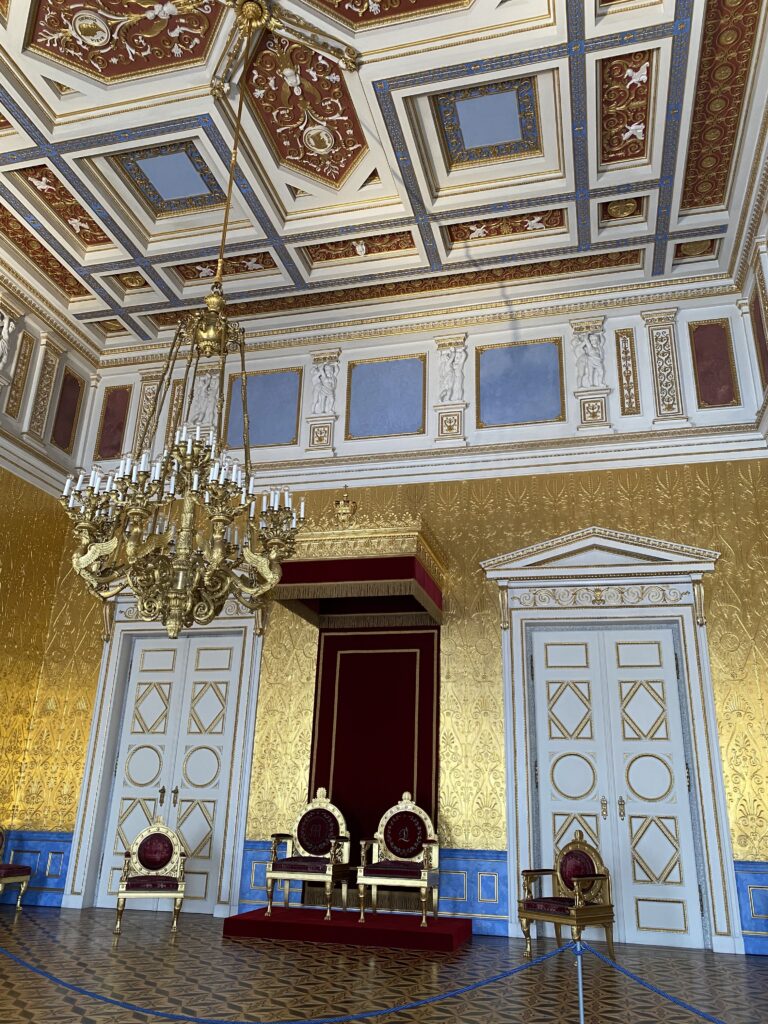
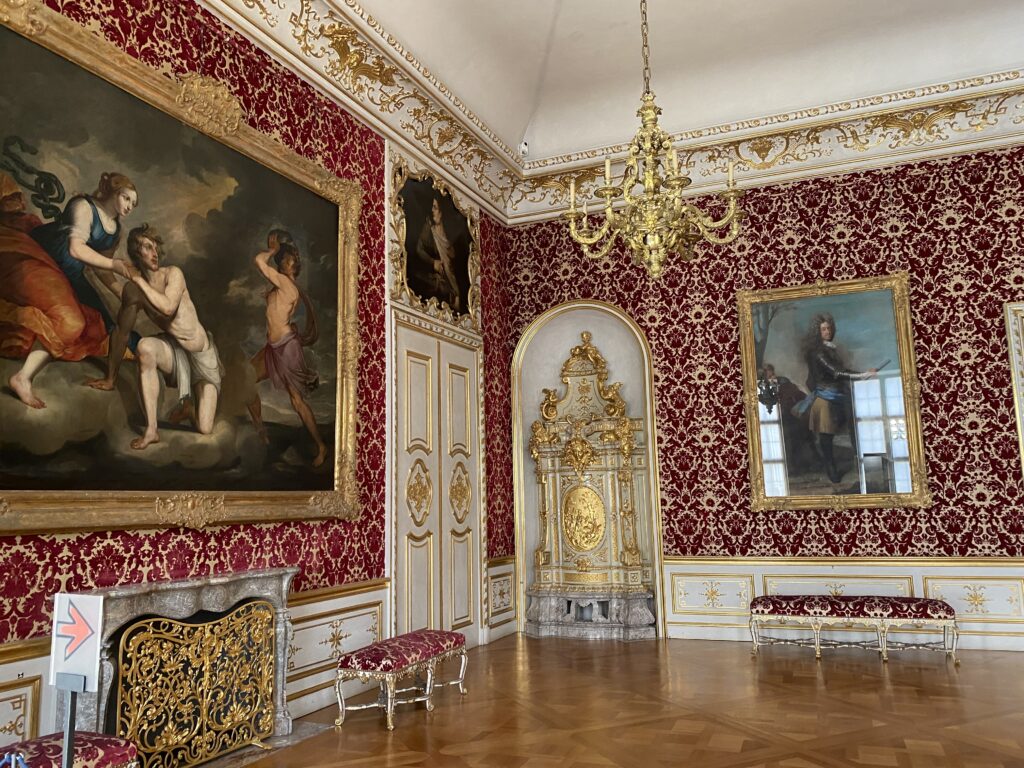
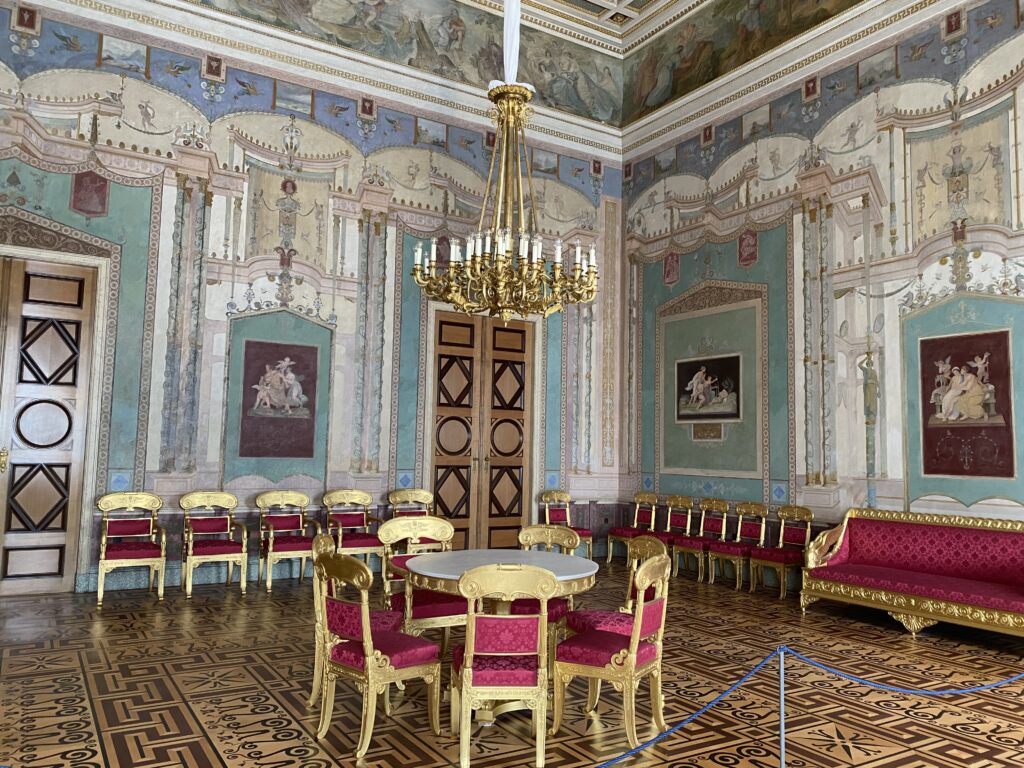
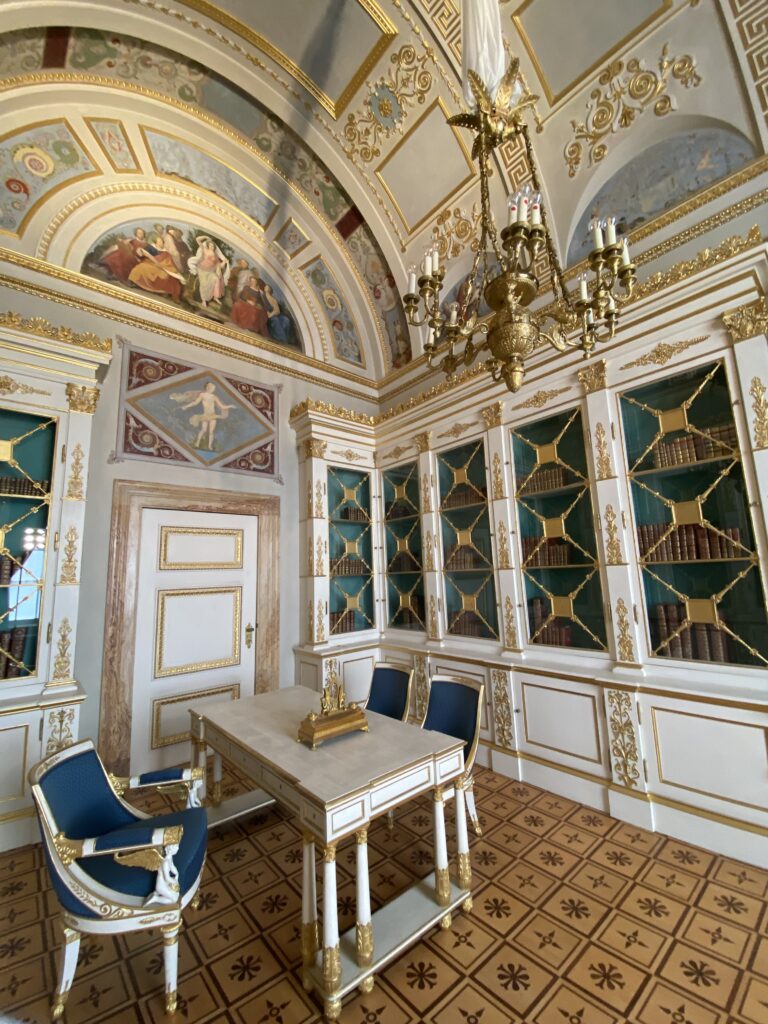
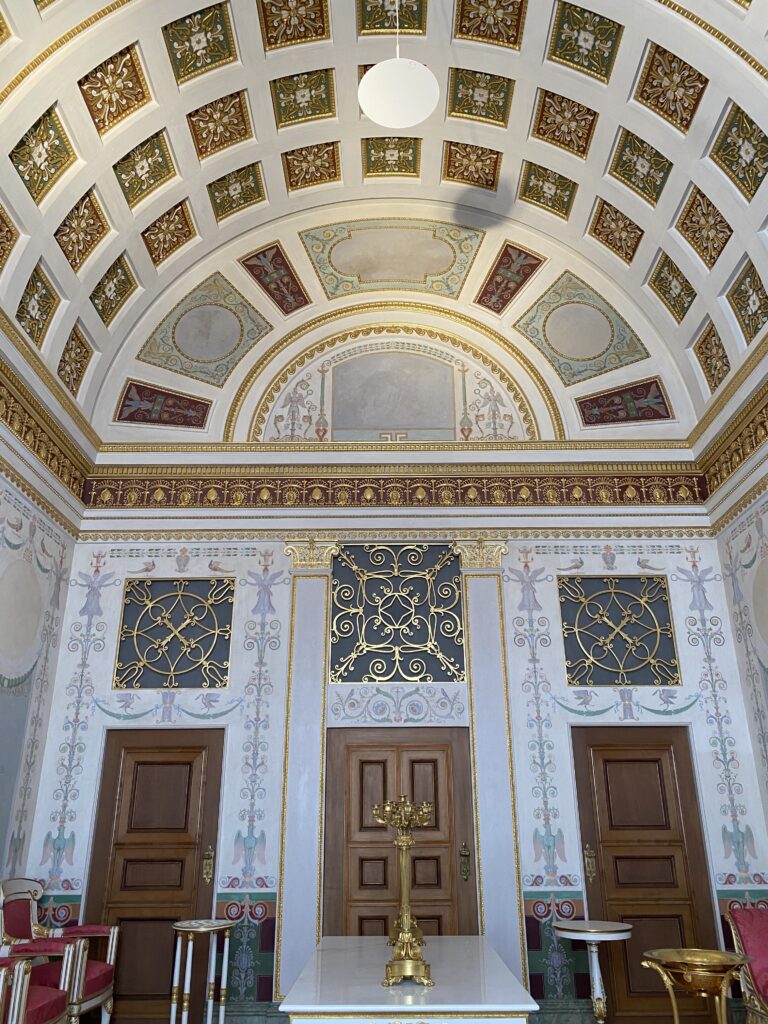

Another section is called the Treasury, where jewels, crystal, goldsmith work, and other treasures are displayed. There are also multiple courtyards, the Bavarian Rococo-style Cuvilliés Theatre, and the Court Garden outside the building. In the old days, the Court Garden was beyond the moat that surrounded the residence. It’s a perfectly manicured open space great for a walk, to sit on one of the many benches with a book, or have a picnic.
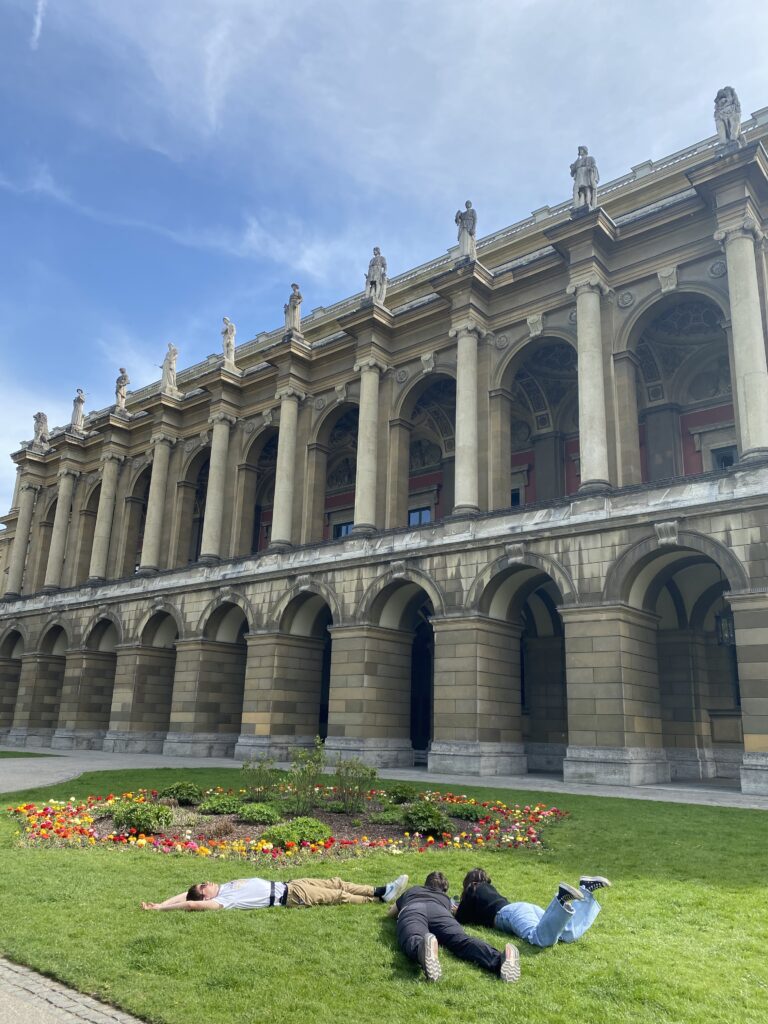

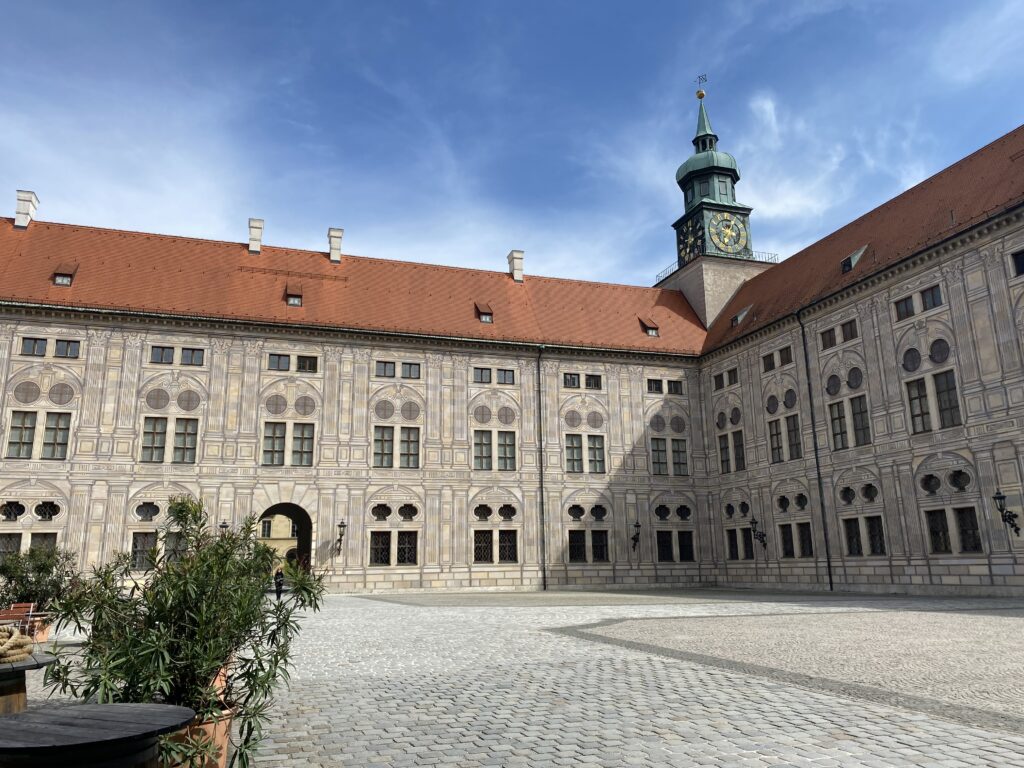
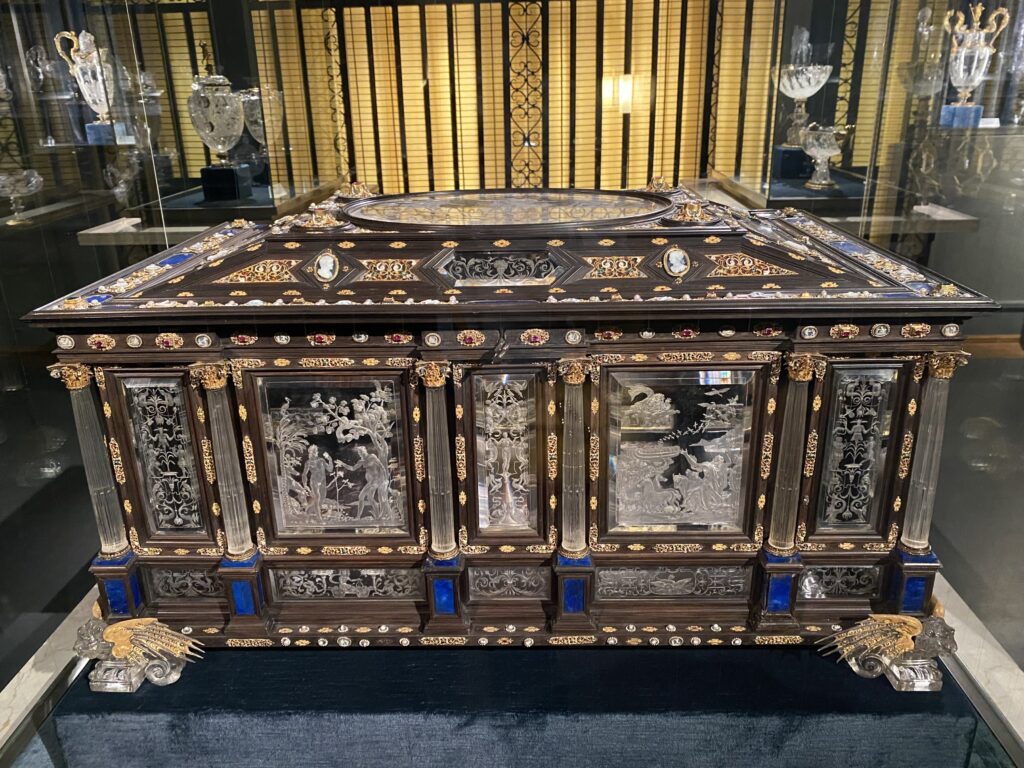
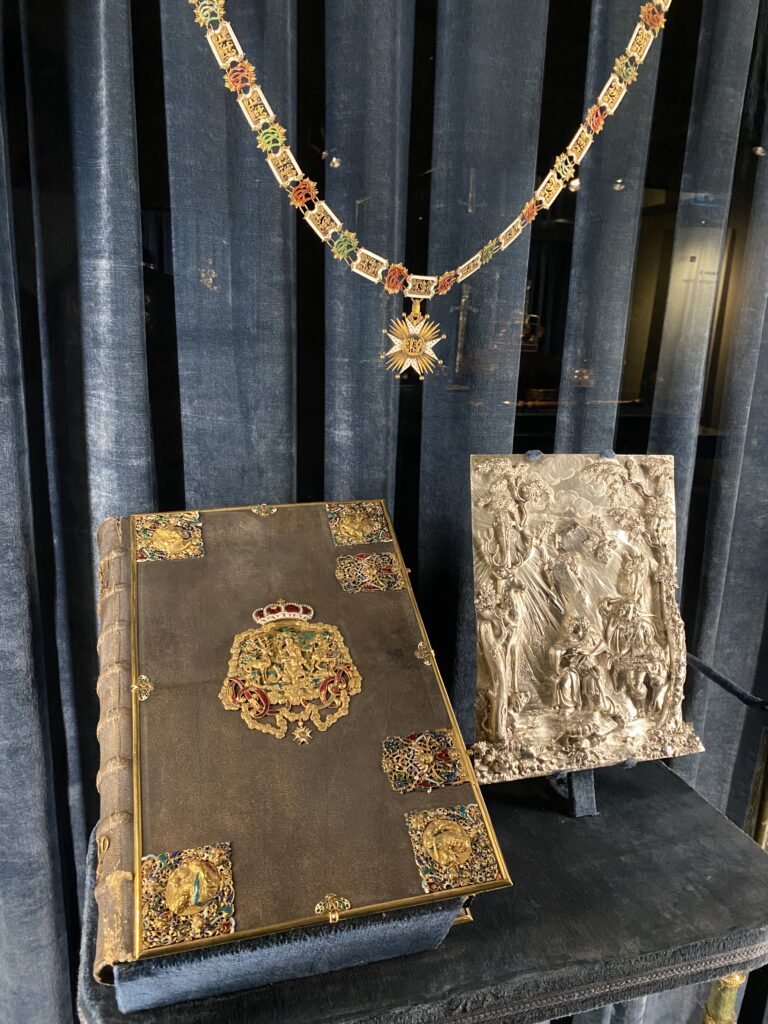

Many parts of the Residence were destroyed in World War II, but you wouldn’t know it based on the restoration work done since. I recommend setting aside a few hours to tour the buildings because there is so much to see and a lot of walking to do.
Tickets can only be purchased in person: 9 euros for the Residence Museum, 9 euros for the Treasury, 5 euros for Cuvilliés Theatre, 14 euro combination ticket for Residence Museum and Treasury, or 17 euro combination ticket for all three.
Nymphenburg Castle
Nymphenburg Castle (Schloss Nymphenburg), or Palace of the Nymphs, also consists of multiple parts. It served as the main summer residence for Bavarian rulers between the 1600’s and 1800’s.
The main palace has fountains and a manicured lawn in the front and a larger manicured garden and woods in the back. In the woods are a canal and walking trails that lead to multiple small palaces. There’s also the Marstallmuseum, or Stable Museum, showcasing artifacts from the court stables.
The first room you enter in the main palace is breathtaking, with gold details on white walls, crystal chandeliers, and a painting covering the ceiling. This room alone, in my opinion, makes the castle necessary on your Munich to-do list.
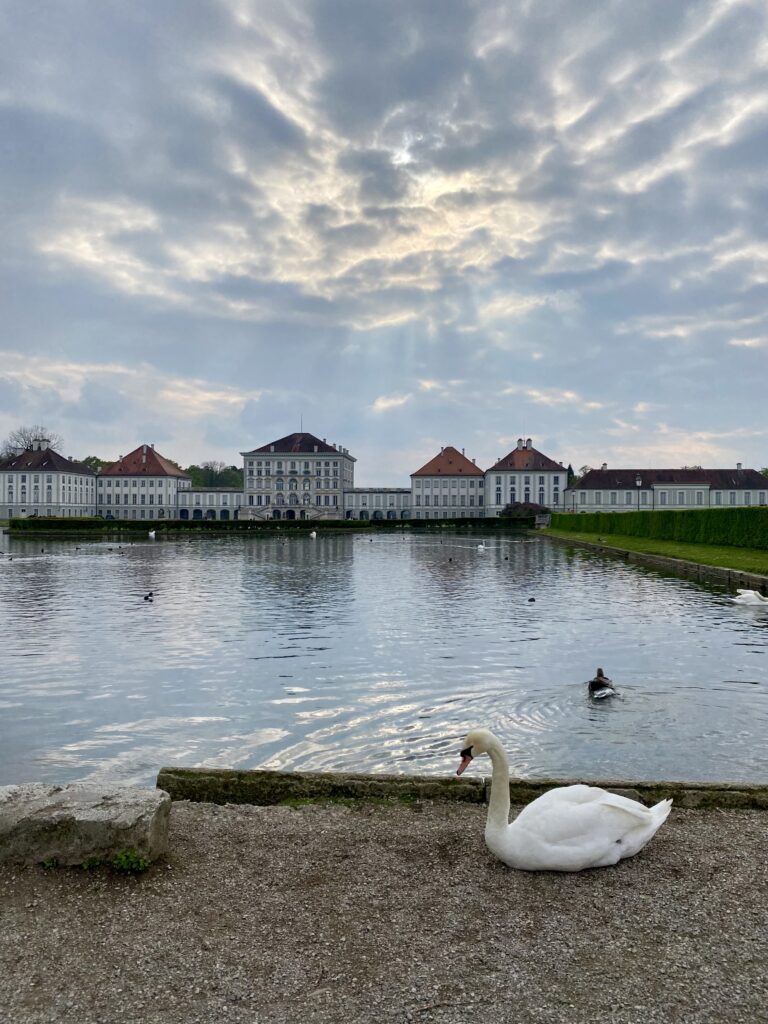
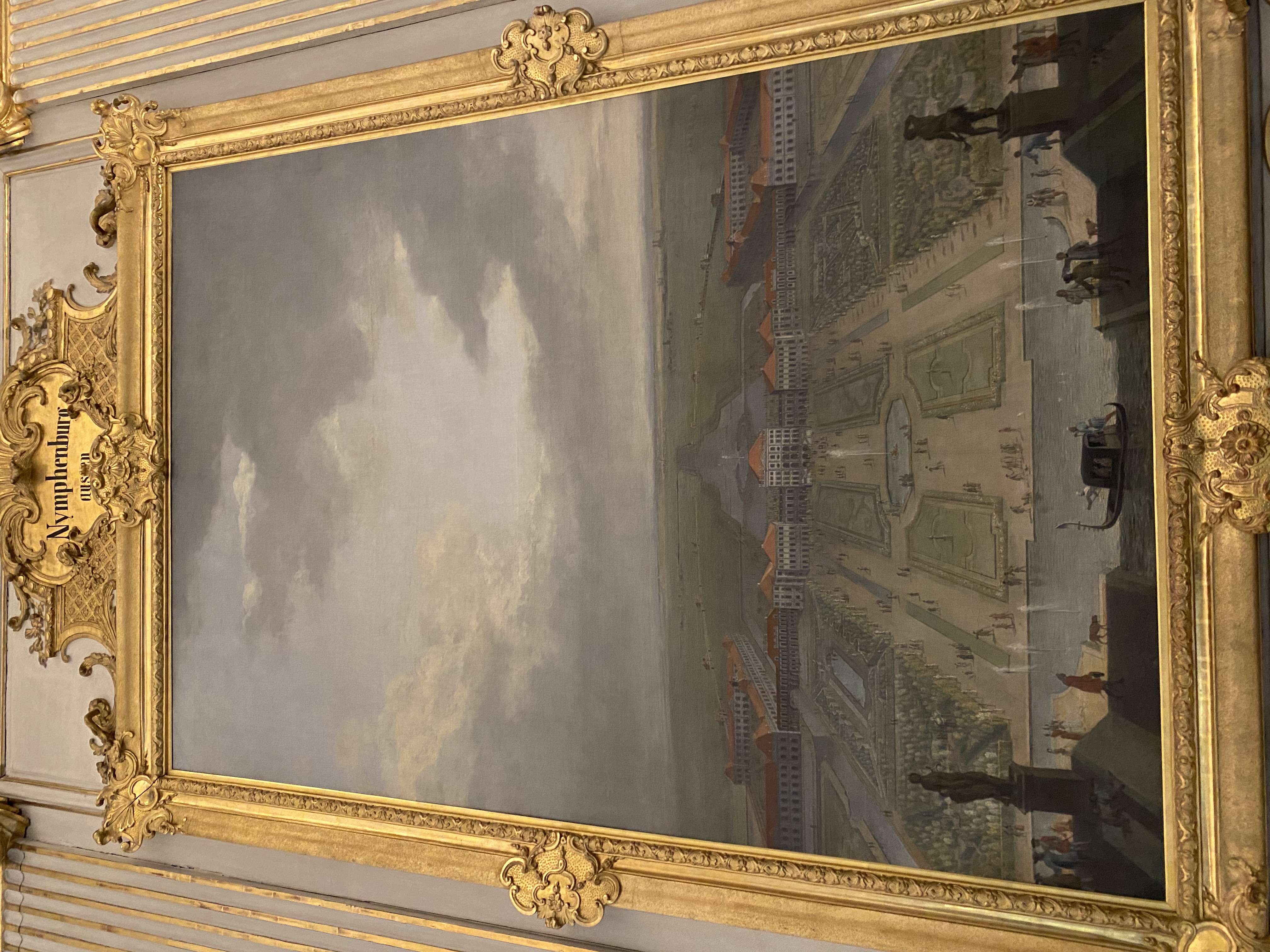


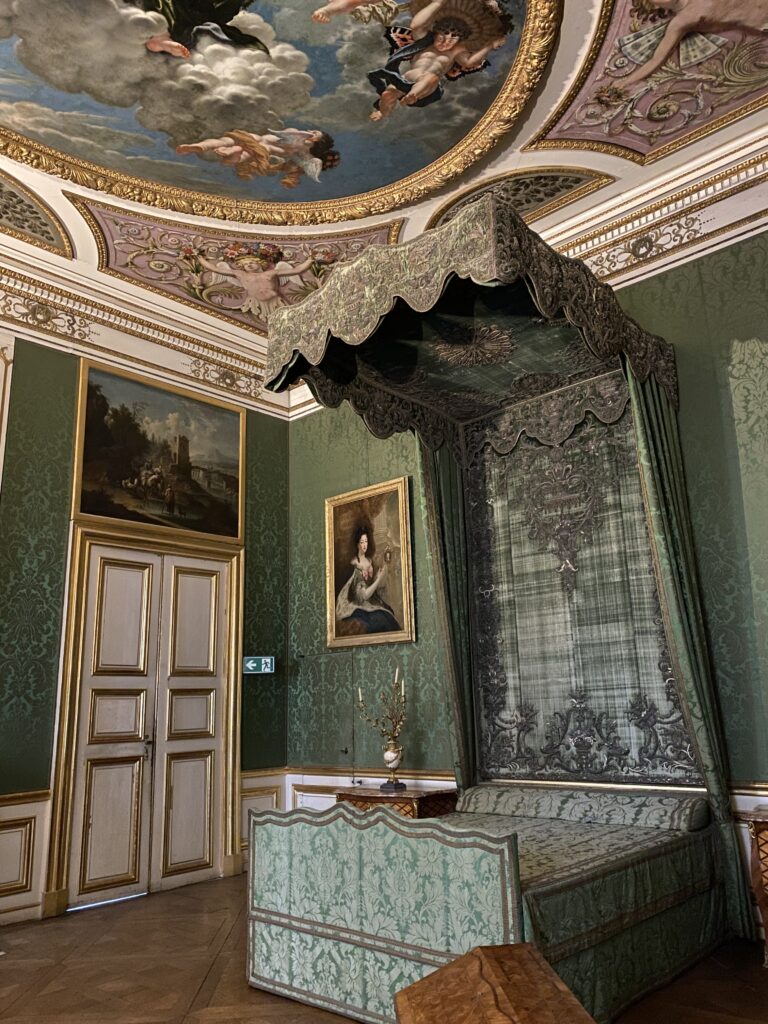
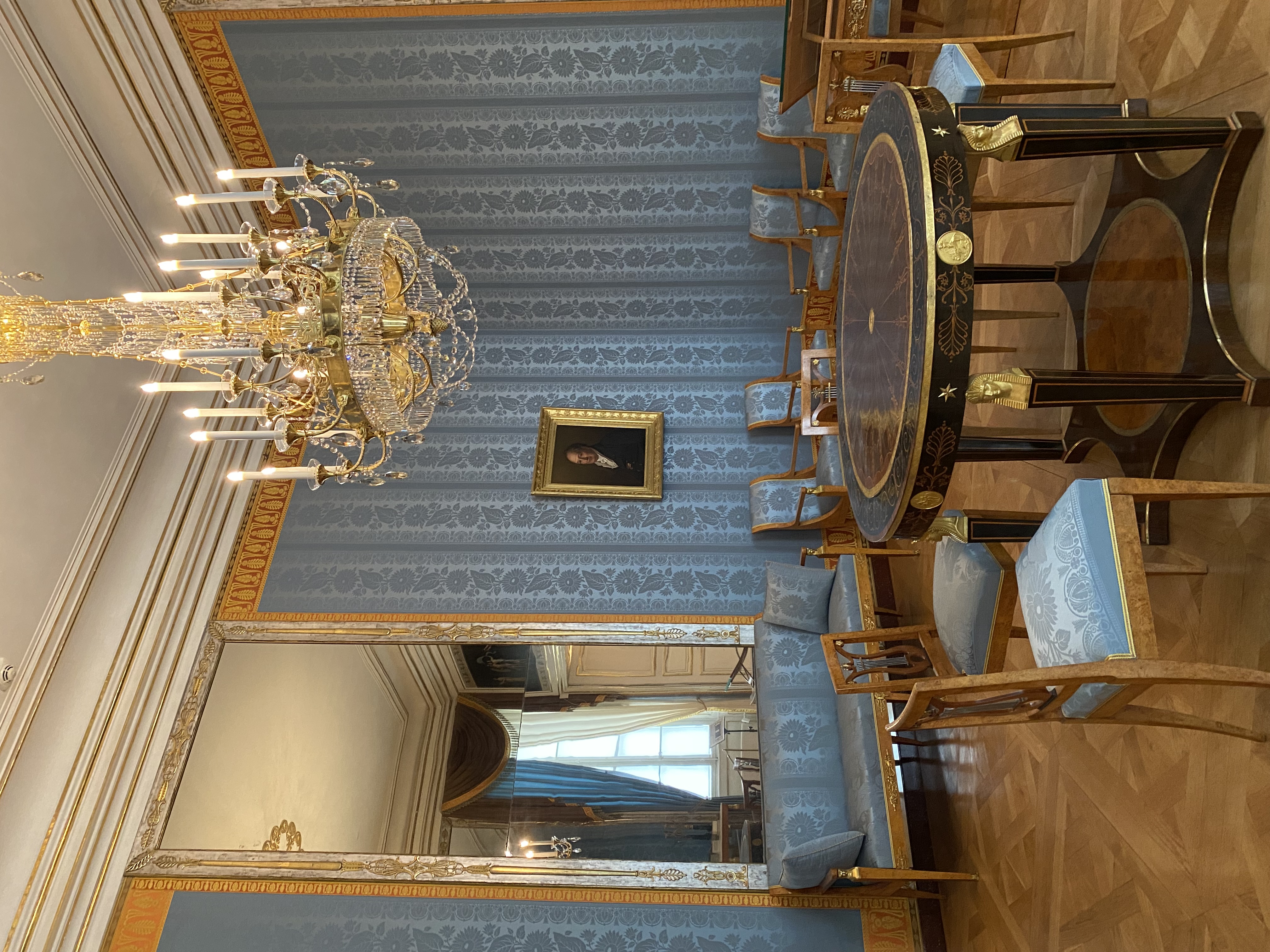

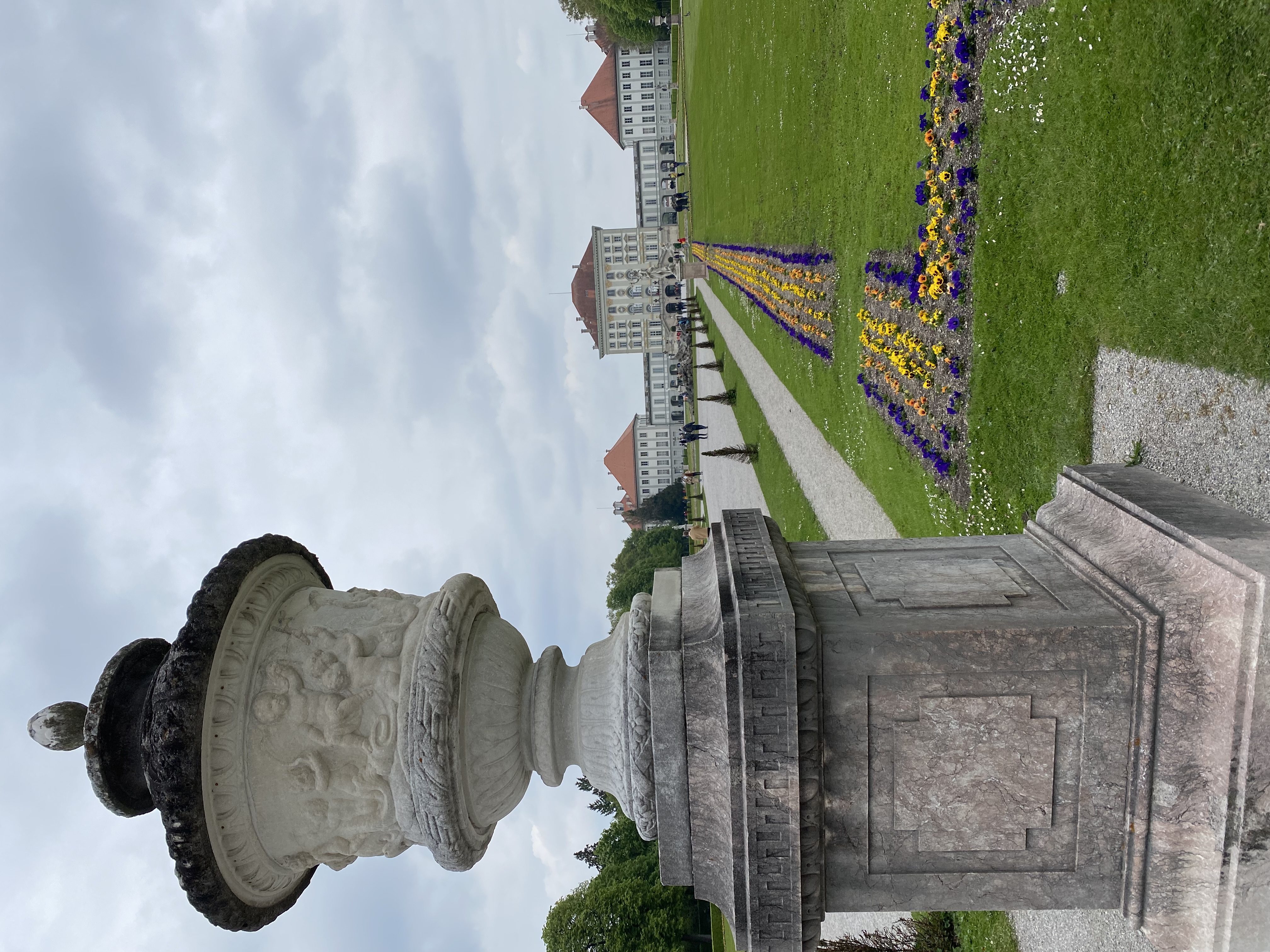
The grounds cover so much that Amalienburg was the only park palace I had time to visit. This is a Rococo-style hunting lodge that was built for Maria Amalia of Austria. Though small, it has a hall of mirrors, a kennel room for hunting dogs, and kitchen with an interesting mix of Dutch and Asian-inspired design.

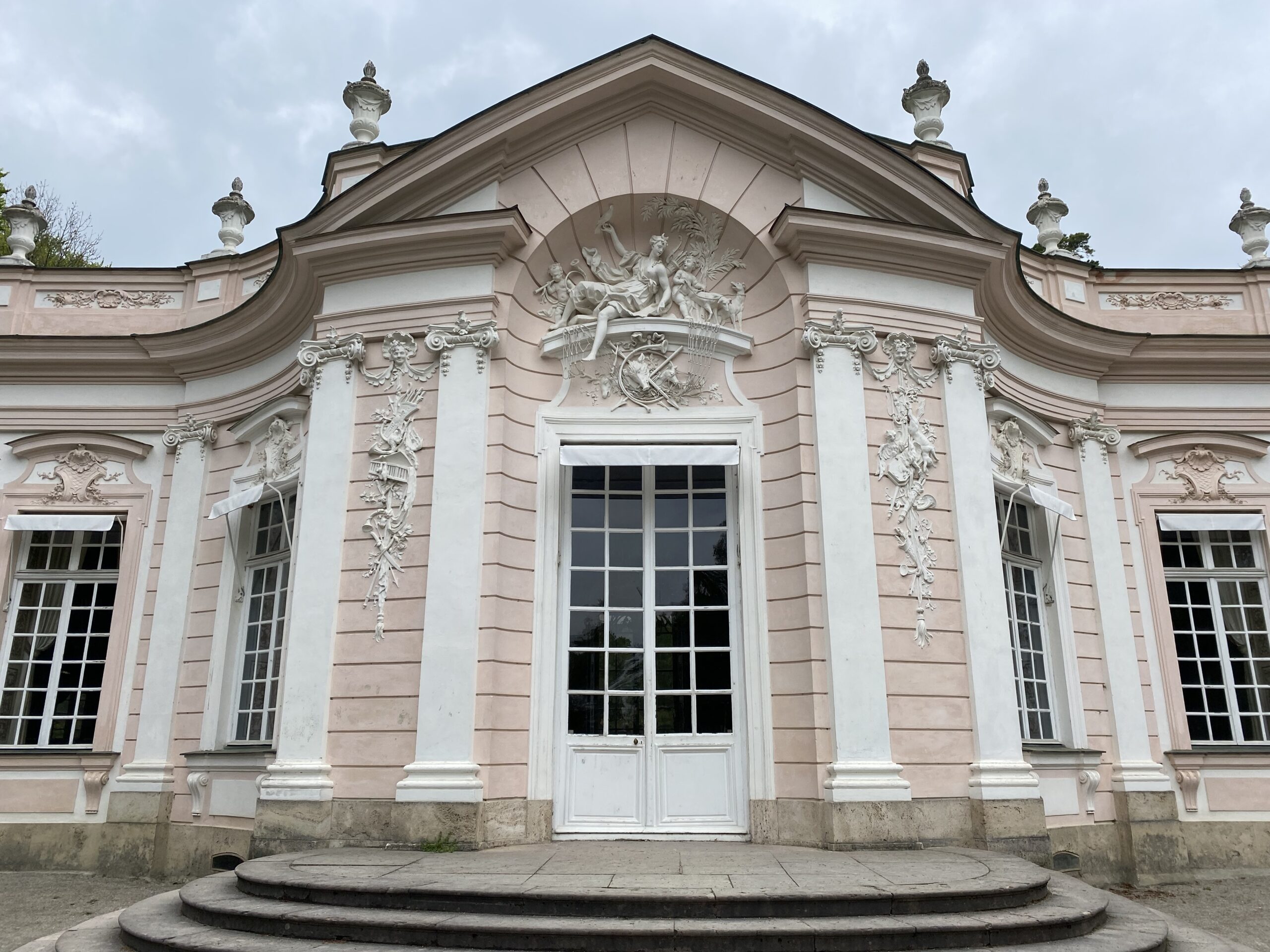
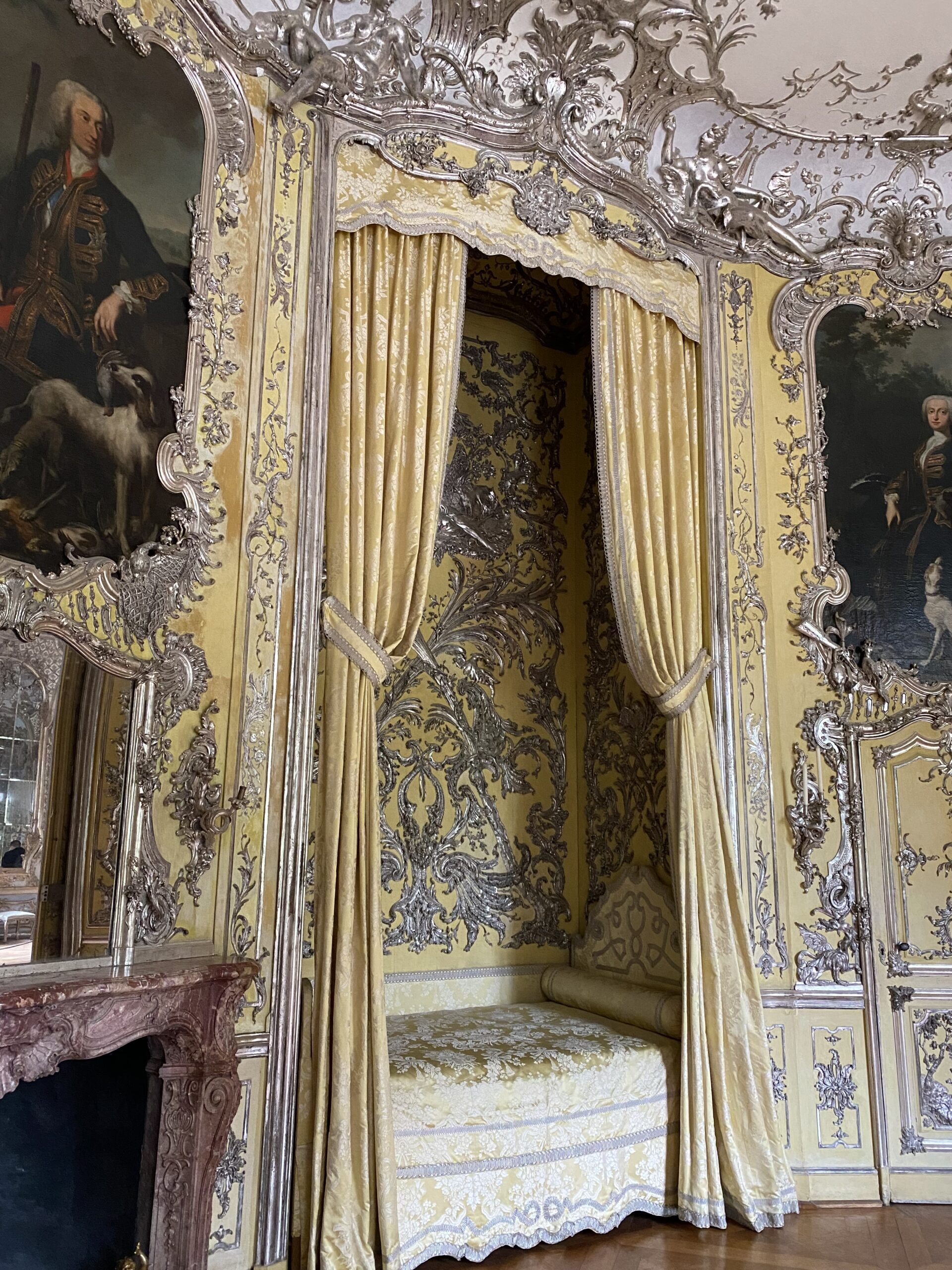
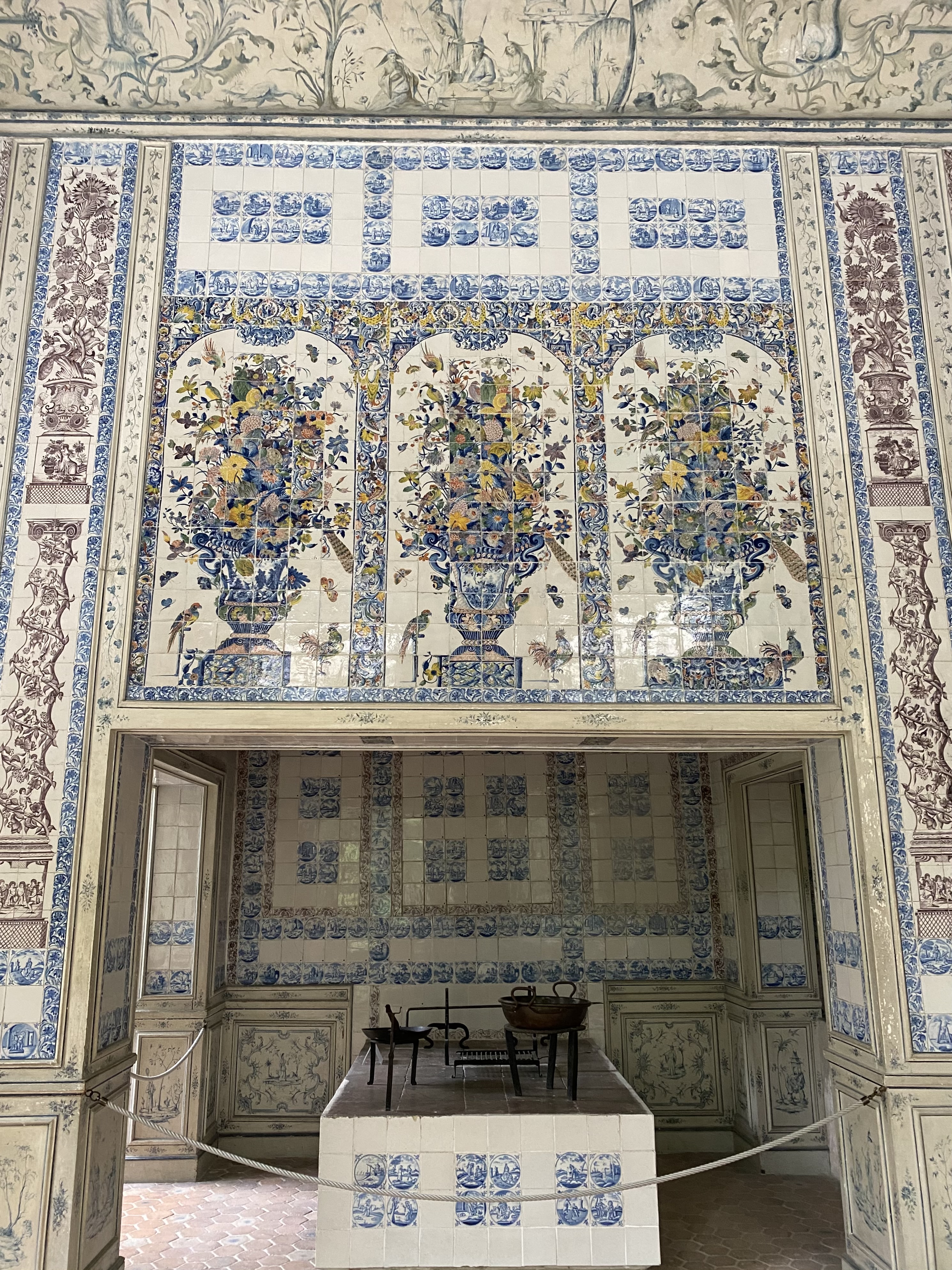
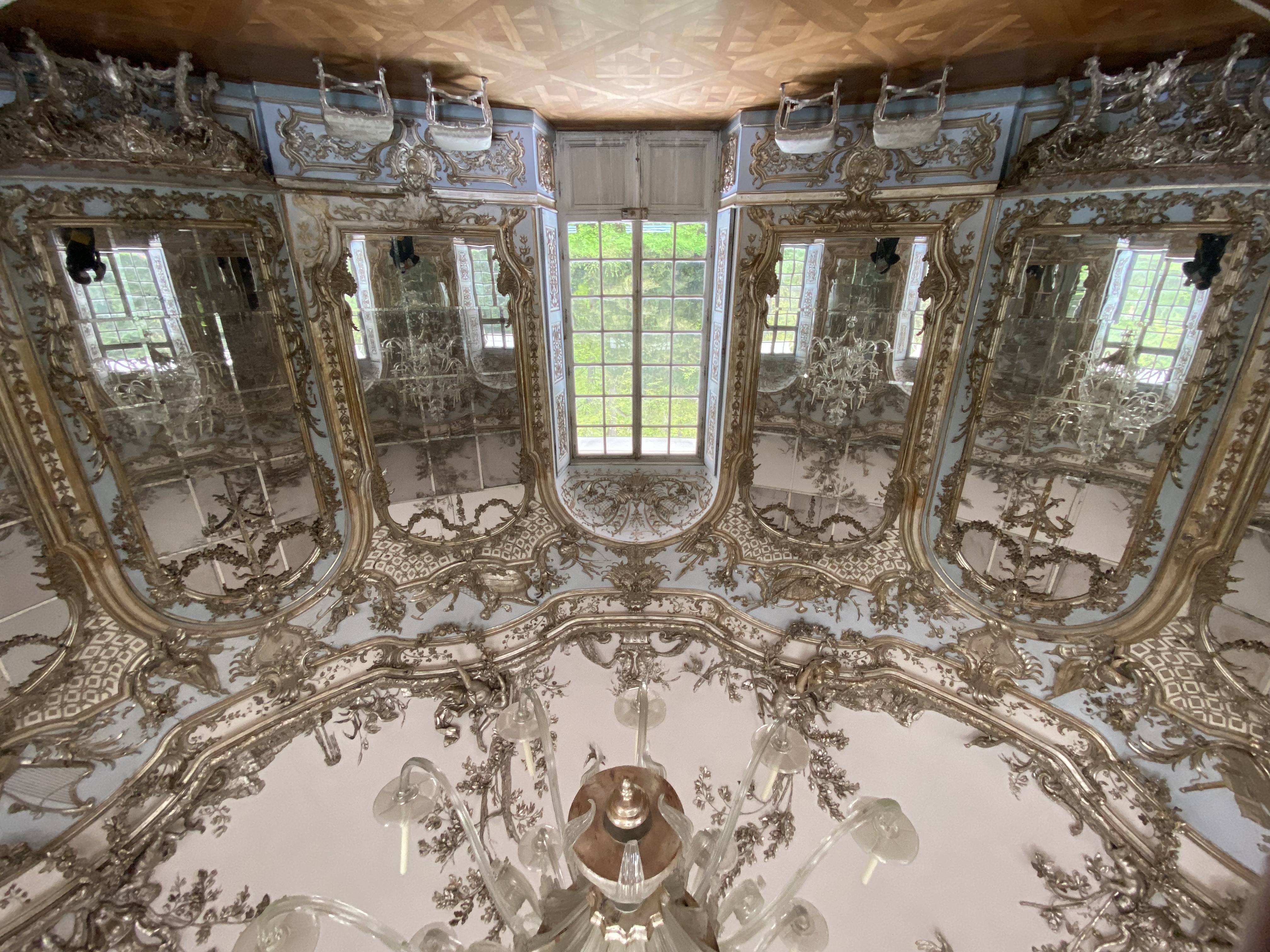

Tickets: 8 euros for Nymphenburg Palace, 5 euros for the park palaces, 6 euros for Marstallmuseum, or a 15 euro combination ticket for all three.
English Garden and River Surfing

Munich’s English Garden covers a huge area from the city center to the northeastern city limits, making it one of the biggest inner city parks in the world. The Isar River runs through the park. In one section, you can see people river surfing at the popular Eisbach wave (Eisbachwelle).
The park also has a Japanese tea house where tea ceremonies are held, multiple beer gardens including one beer garden under the Chinese Tower (Chinesischer Turm), and the Monopteros, which is a temple atop a man-made hill. In July, you can take part in Kocherlball, a traditional folk dance event, and Japanfest. You can even take a carriage ride that leaves from the Chinese Tower. There are designated nudist areas in the park, so either watch out for those or enjoy them!
In the winter, you can sled, go cross-country skiing, or skate on the Kleinhesseloher See lake. Plus, you can get your holiday shopping in at the Christmas market at the Chinese Tower. The English Garden is one of the places that make Munich such a great city for wellness and quality of life.
Dachau Concentration Camp Memorial Site
About an hour train ride away from Munich is the small town of Dachau, known for its dark history as the site of the former Dachau Concentration Camp. The site includes a museum inside what used to be the intake buildings and barracks, and religious memorials.
Dachau was the first concentration camp the Nazis opened in 1933 and held mostly Jews, as well as Romani, political opponents, criminals, and later, prisoners of war. The museum takes you through the history and experience of life in the camp from its opening to liberation in 1945. Although we’re taught about the Holocaust in school, the museum offers a more detailed and personal history that you can only get from visiting in person.
Tickets: No tickets required. Admission is free and there is a free shuttle from the train stop to the site.
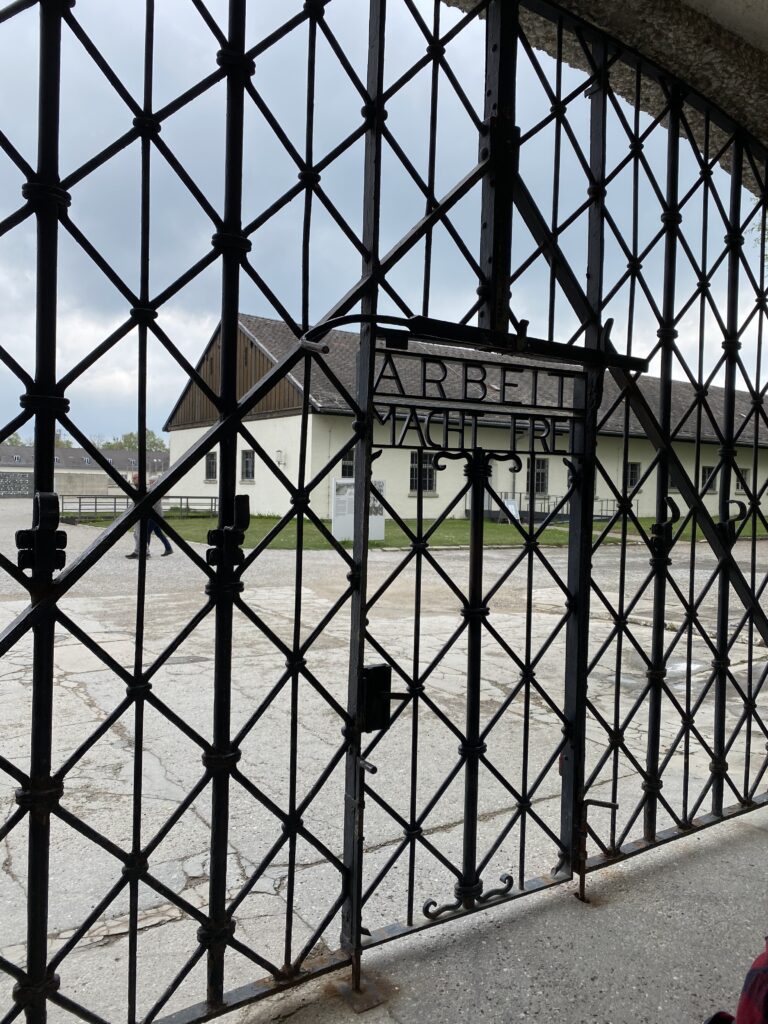
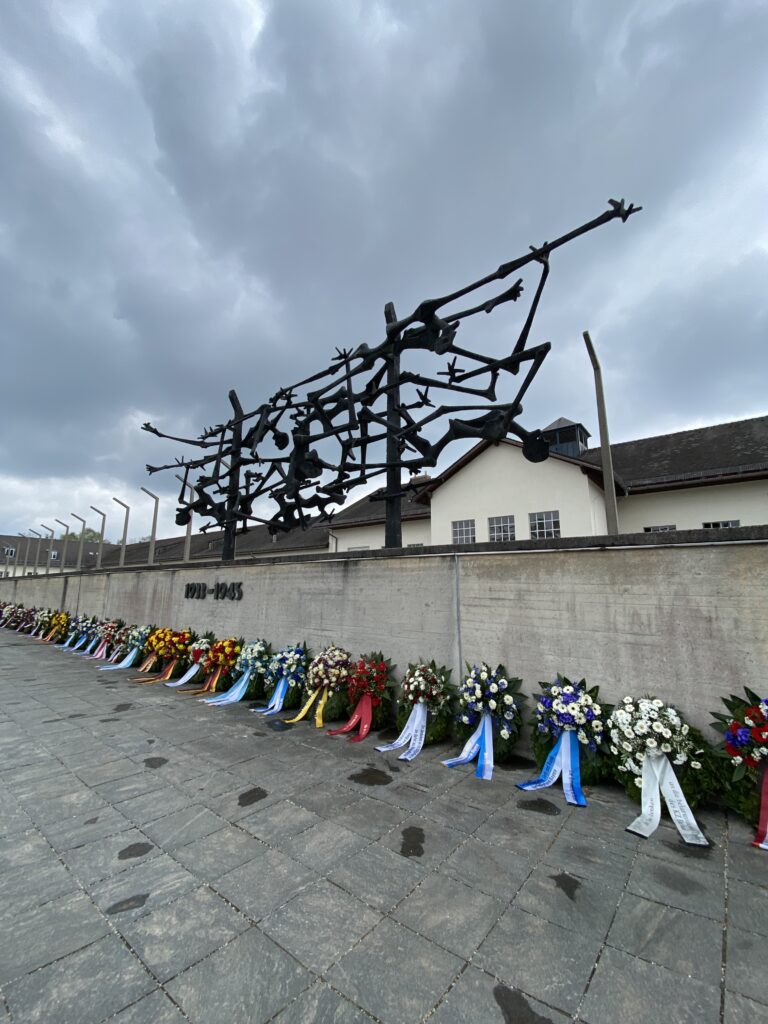

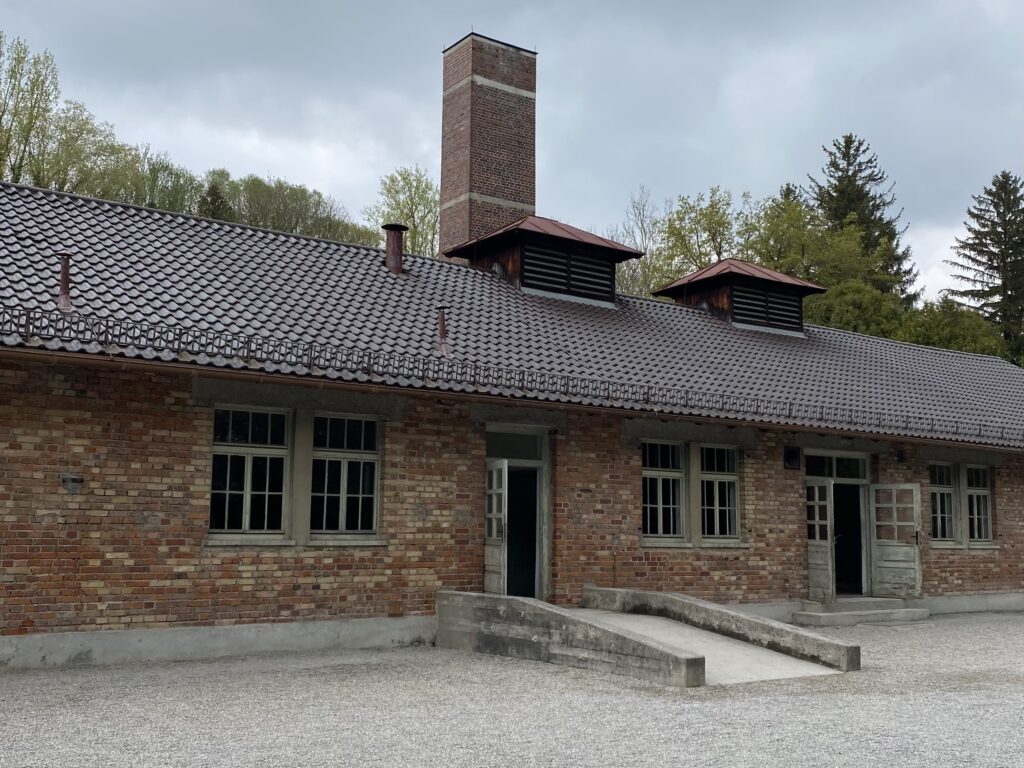

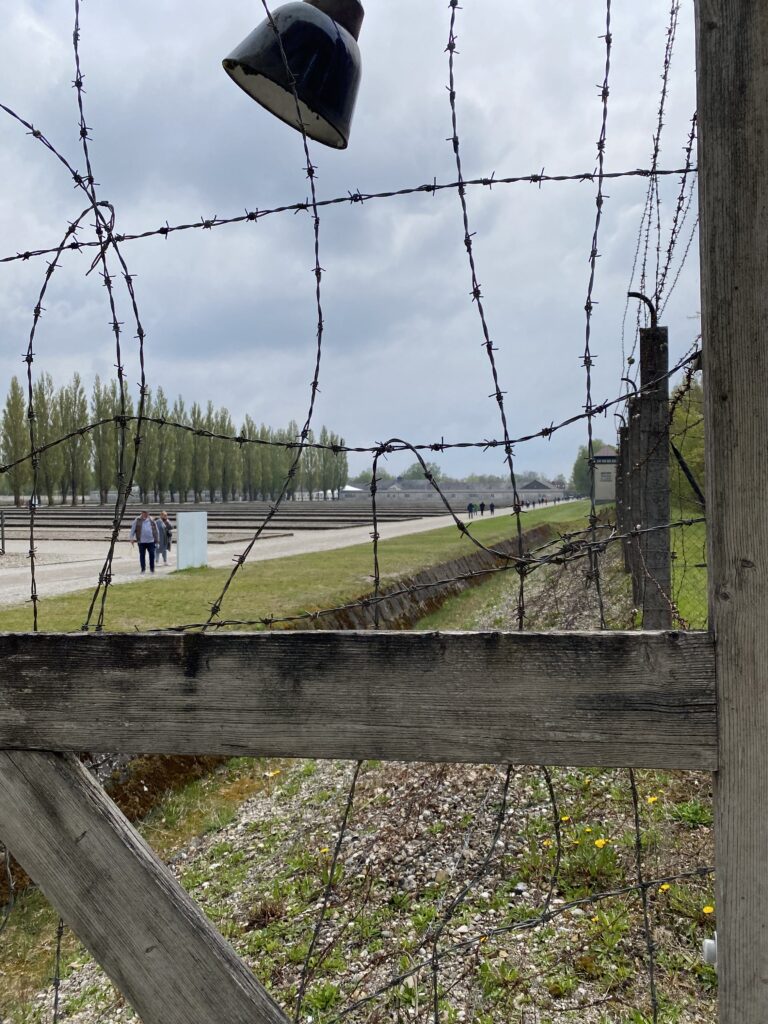
Olympic Park
The Olympic Park (Olympiapark) was created for the 1972 Summer Olympics and still holds all kinds of events. It’s open for people to walk or jog through the grounds and get an expansive view from Olympic Tower. The tower also has a rotating restaurant.
It’s also perfect for self-care. There’s a fitness sauna, steam grotto, and sports areas like a swimming hall, tennis, and rowing on Olympic Lake.
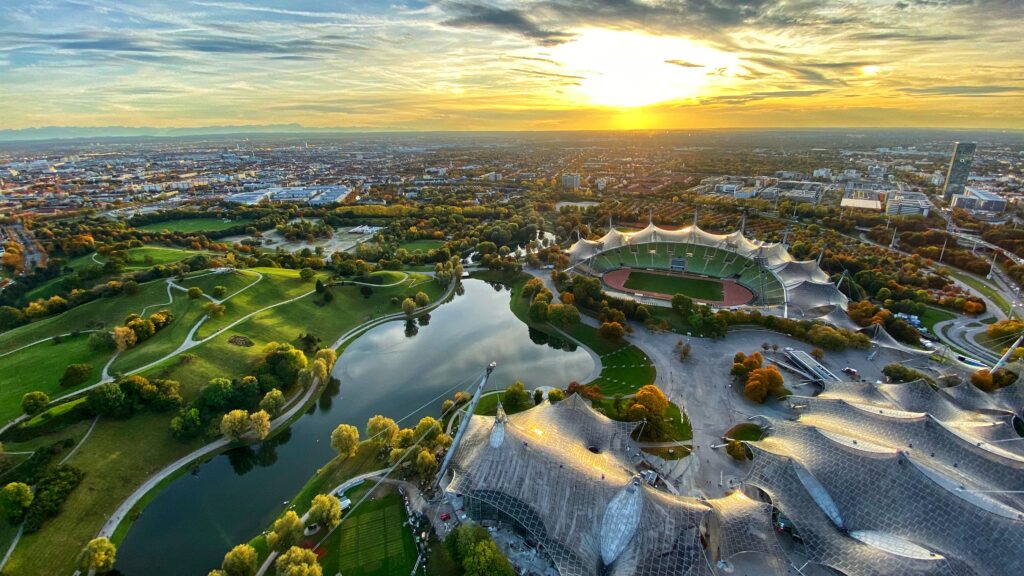
Munich is one of the must-see cities in Germany. It contrasts with Berlin for its quiet and cleanliness, but has lots of history, friendly people, and green space. If you follow this Munich to-do list you’ll cover the top sights and activities in the city.
Have you been to Munich or do you want to go? Do you have your own Munich to-do list? Let me know in the comments! Also, follow me on Instagram for more Munich content.
If you liked this, check these out:
Christmas in Germany: 3 Christmas Markets Not to Miss
Top Things to Do in Amsterdam in One Weekend
Neuenrade, Germany: Returning to my Mother’s Hometown in the Sauerland
Get Acquainted with Venice, Italy: Its History, Culture & Tourism
Pin it for later:
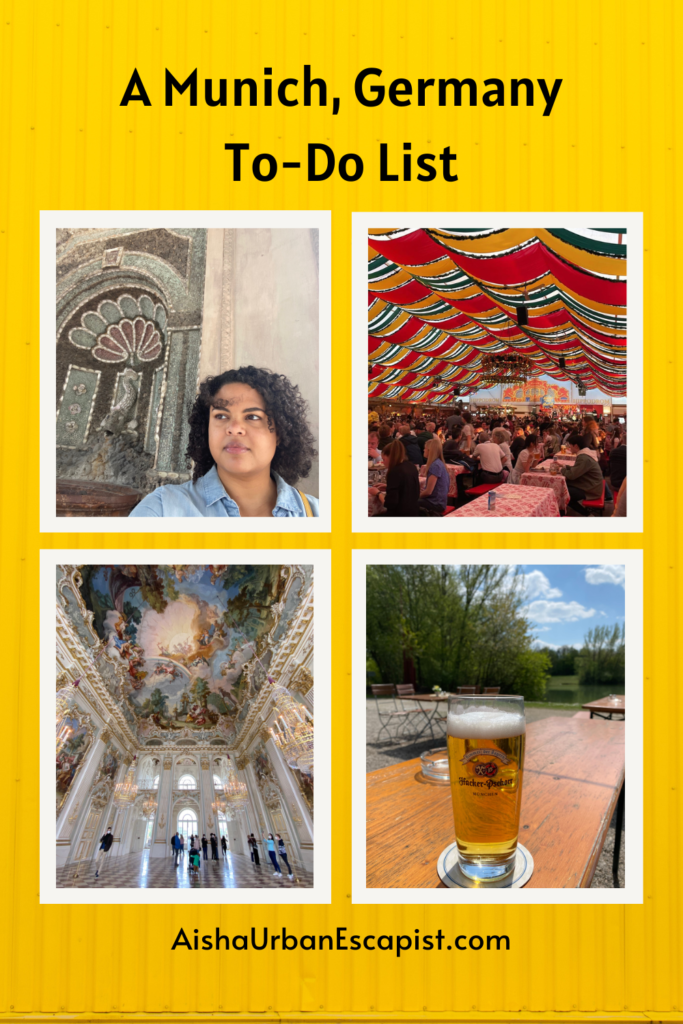
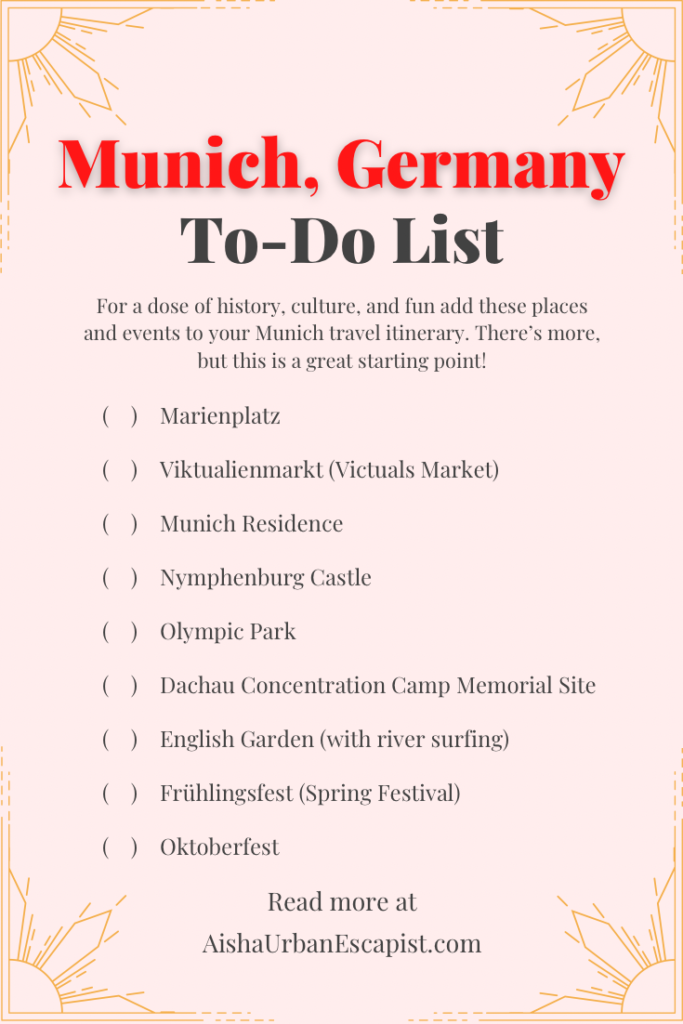

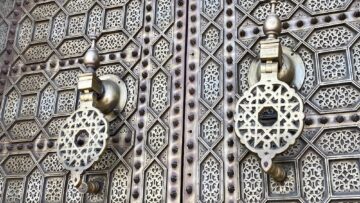
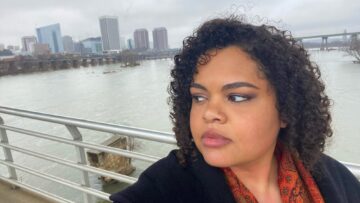
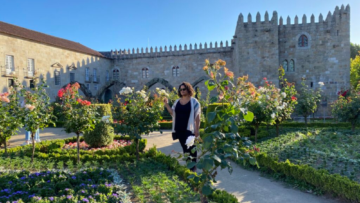
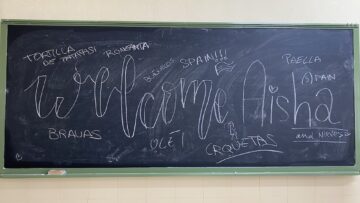
2 Comments
There is so much to see and enjoy. A very comprehensive list here. Thanks
Glad you enjoyed it!